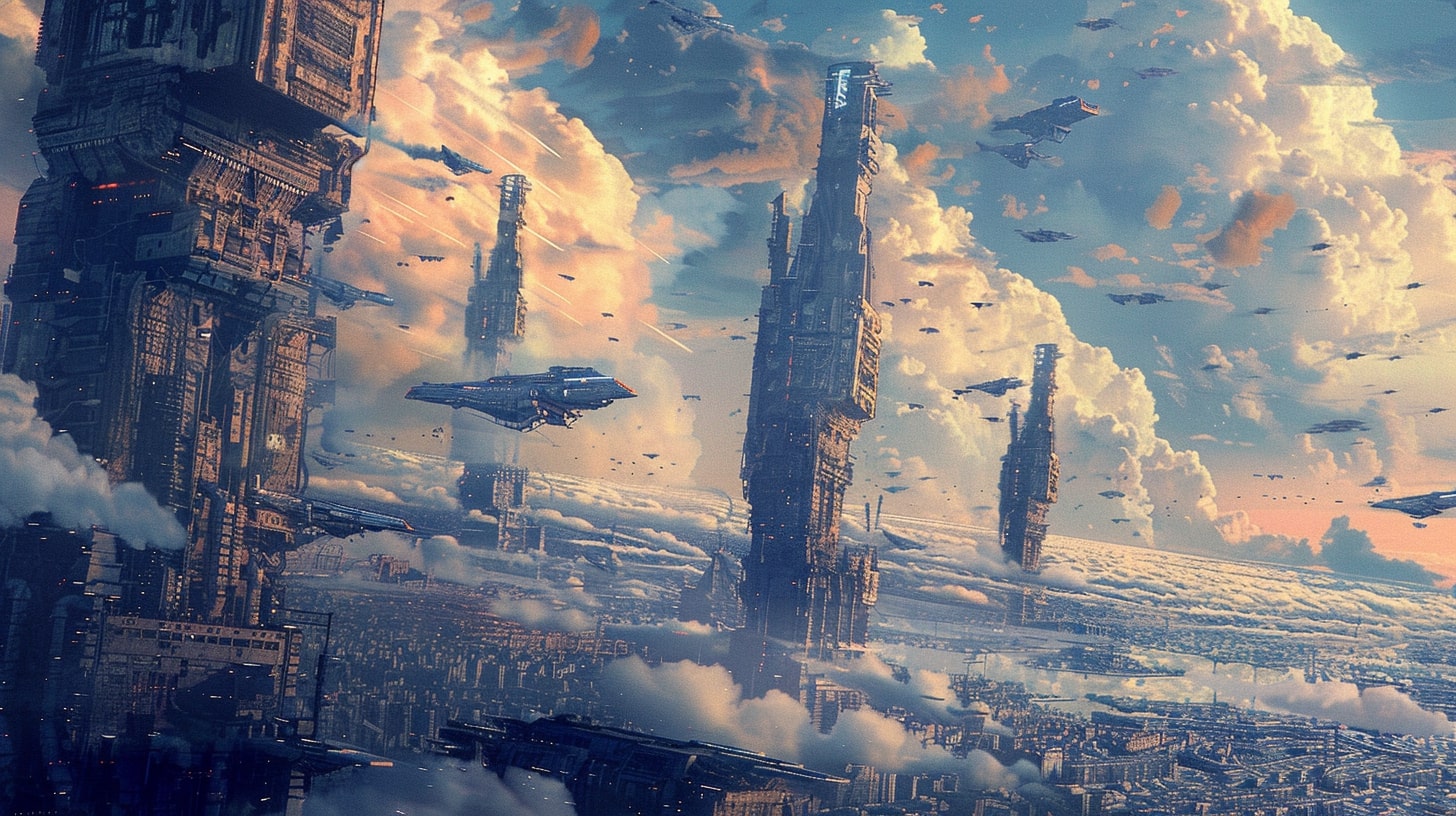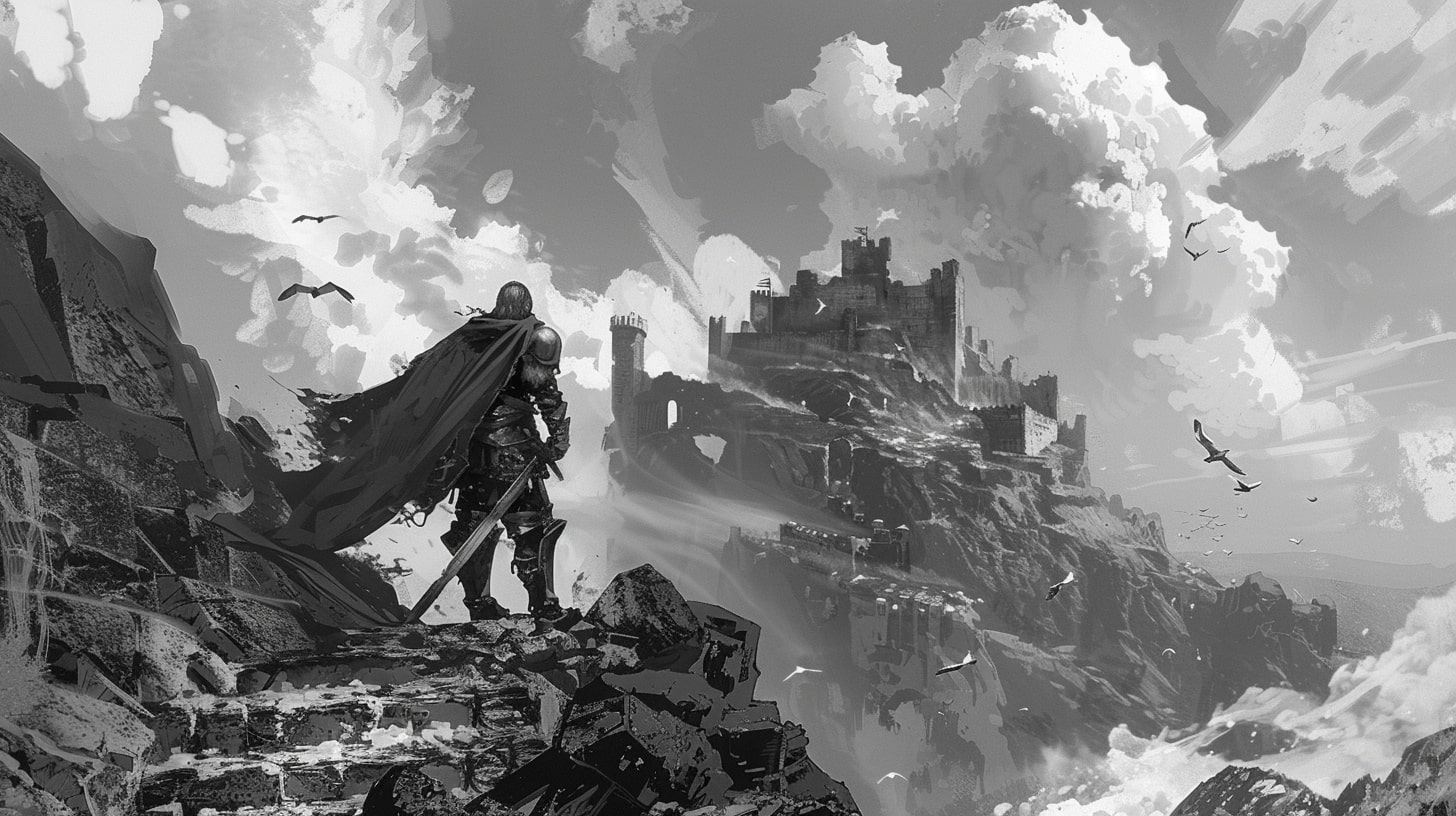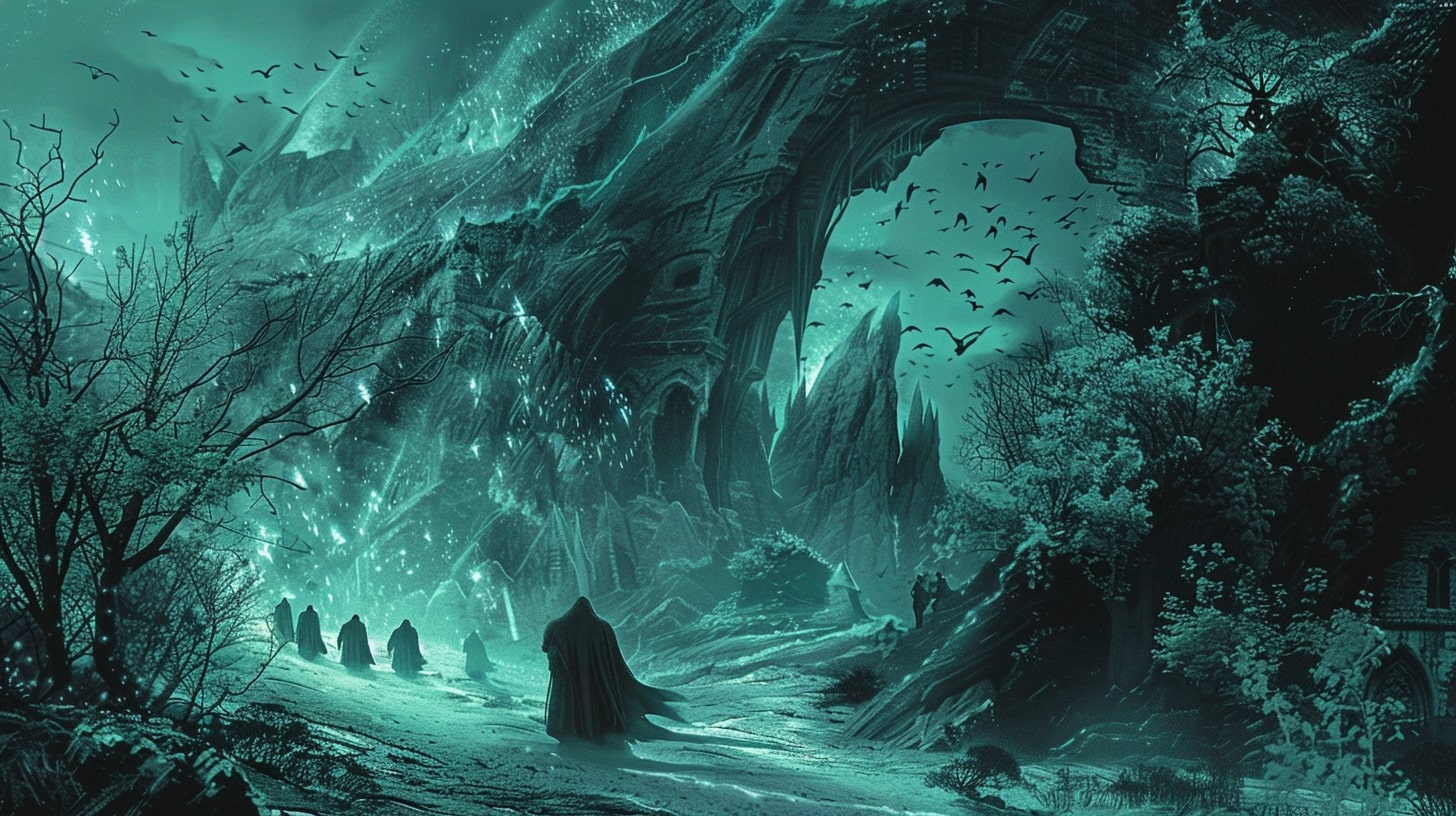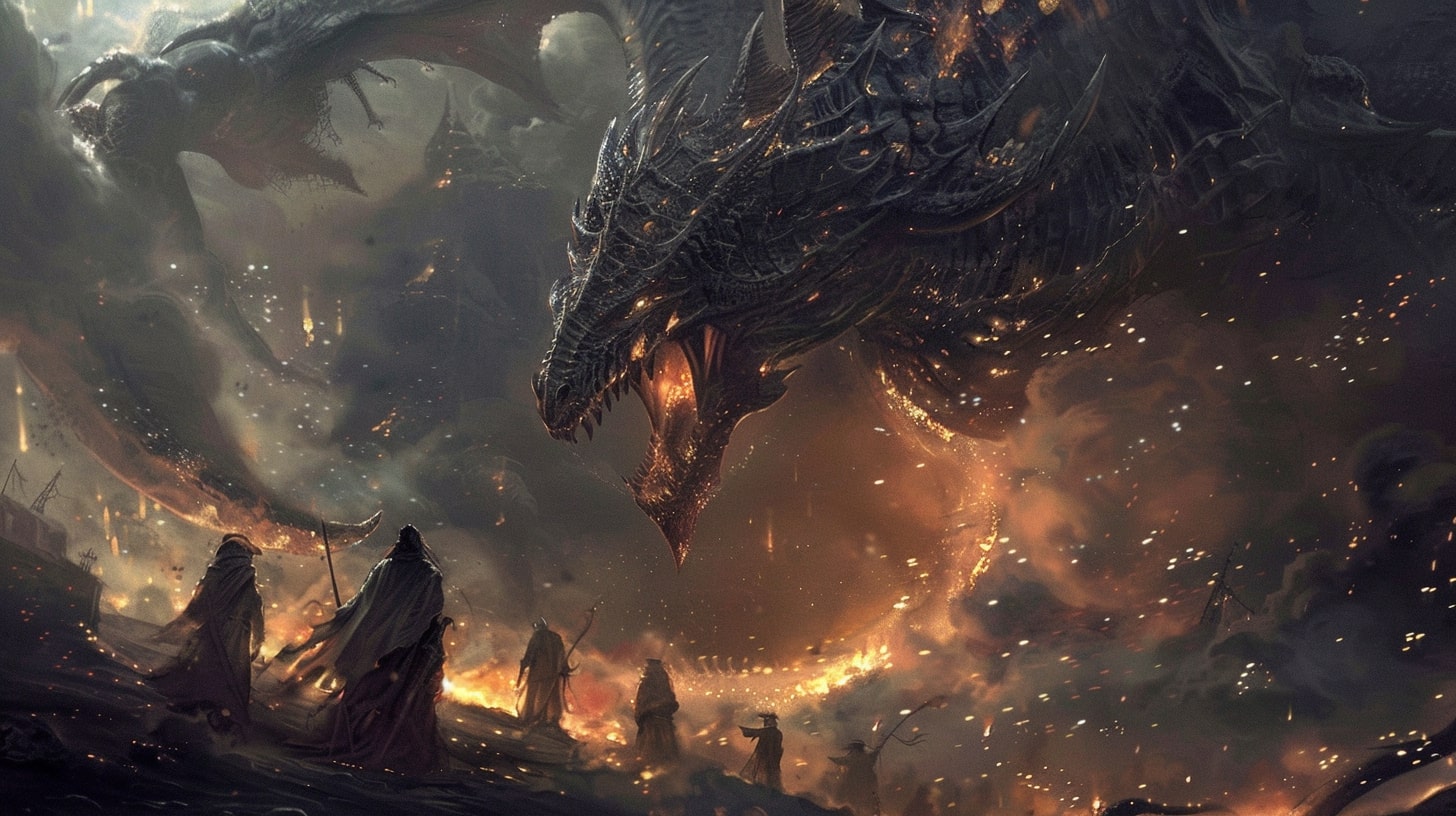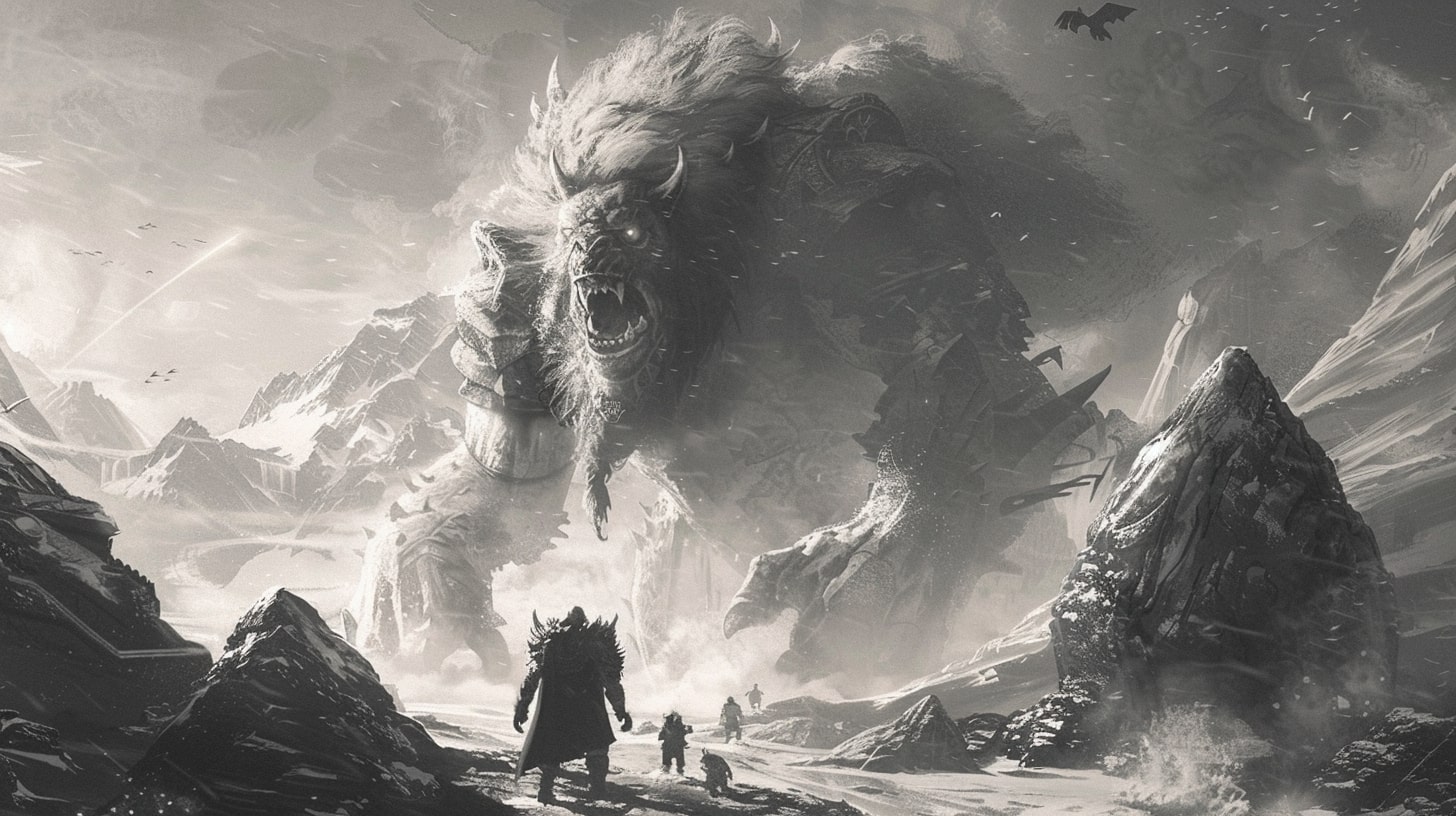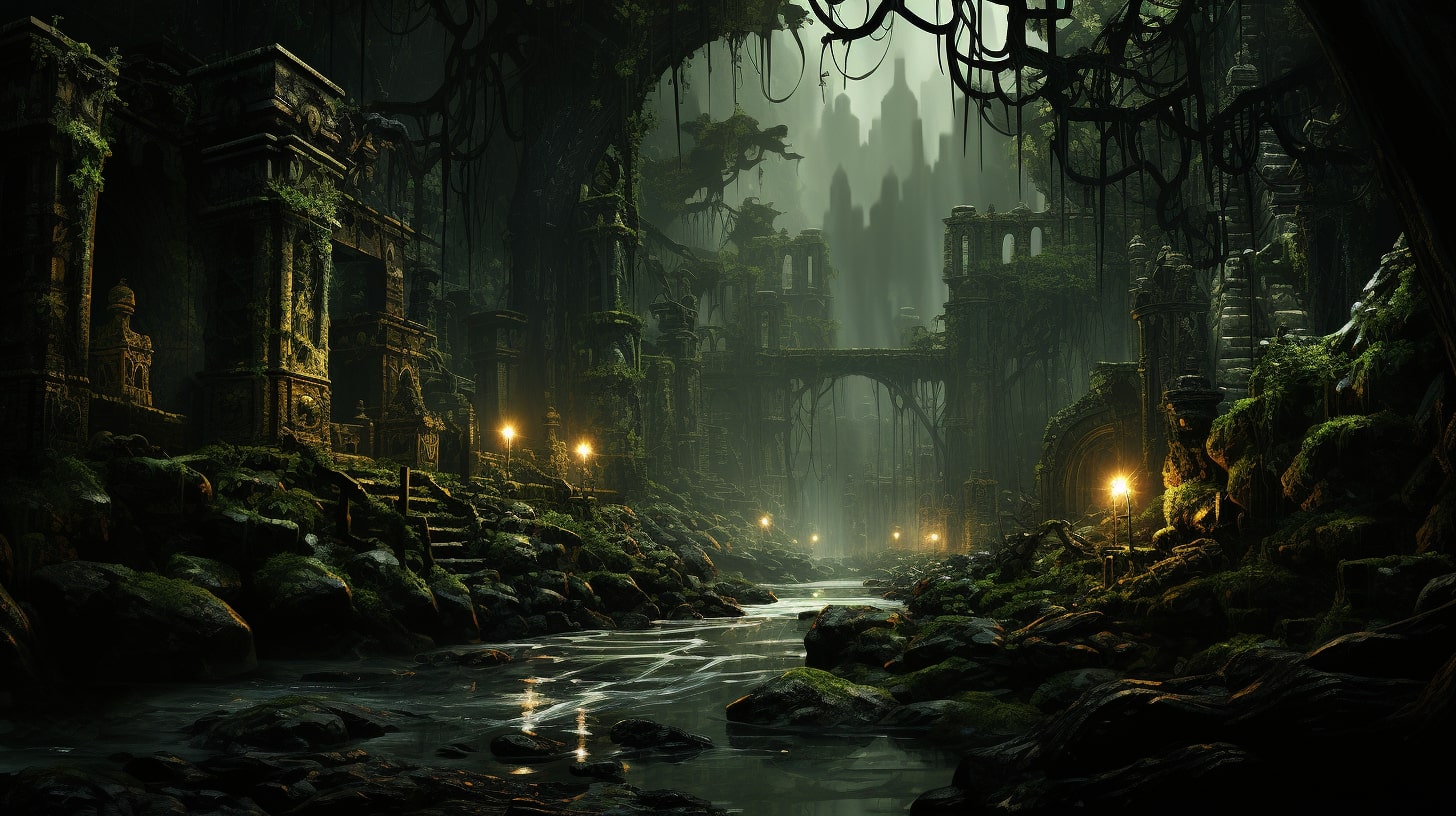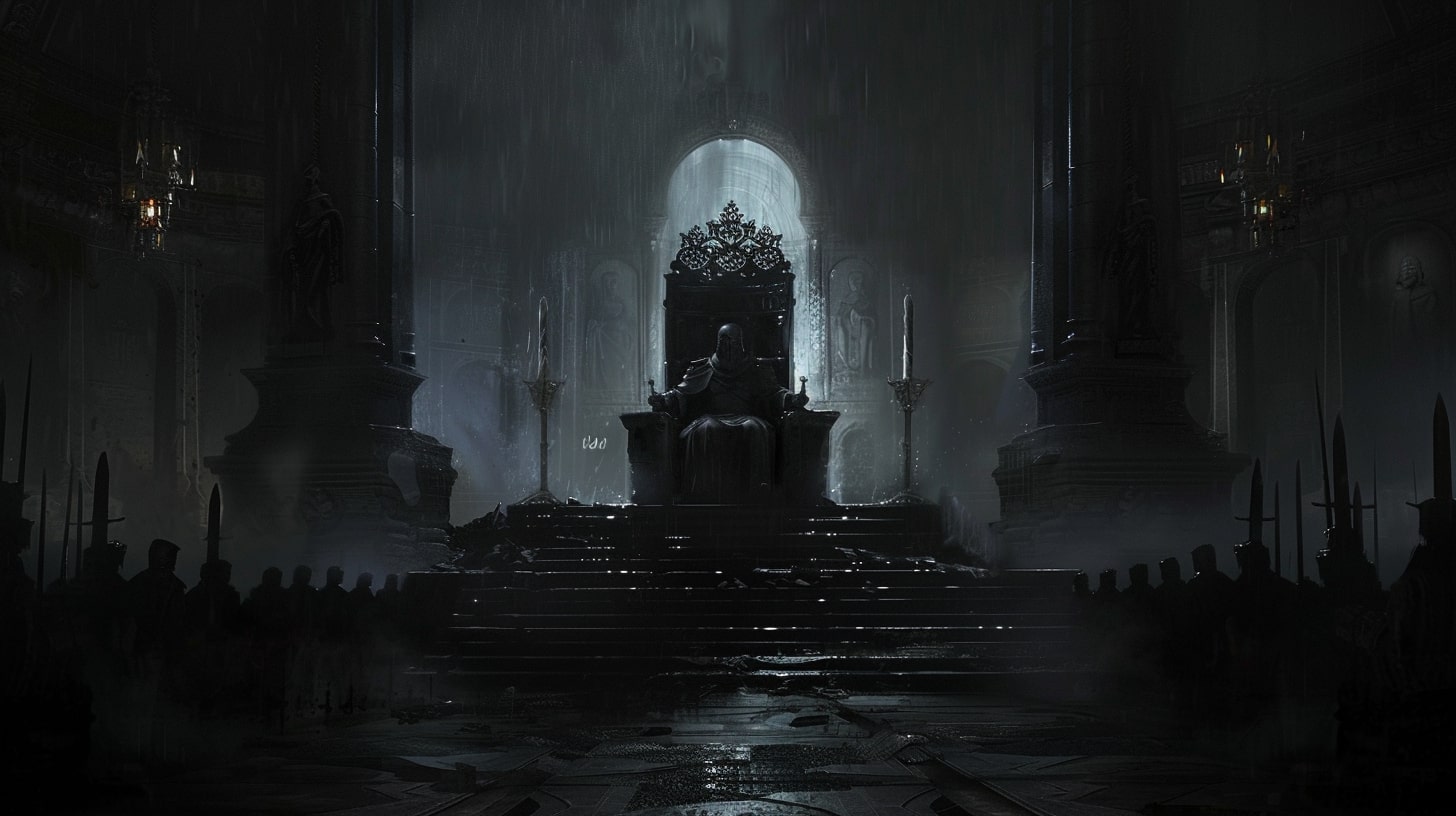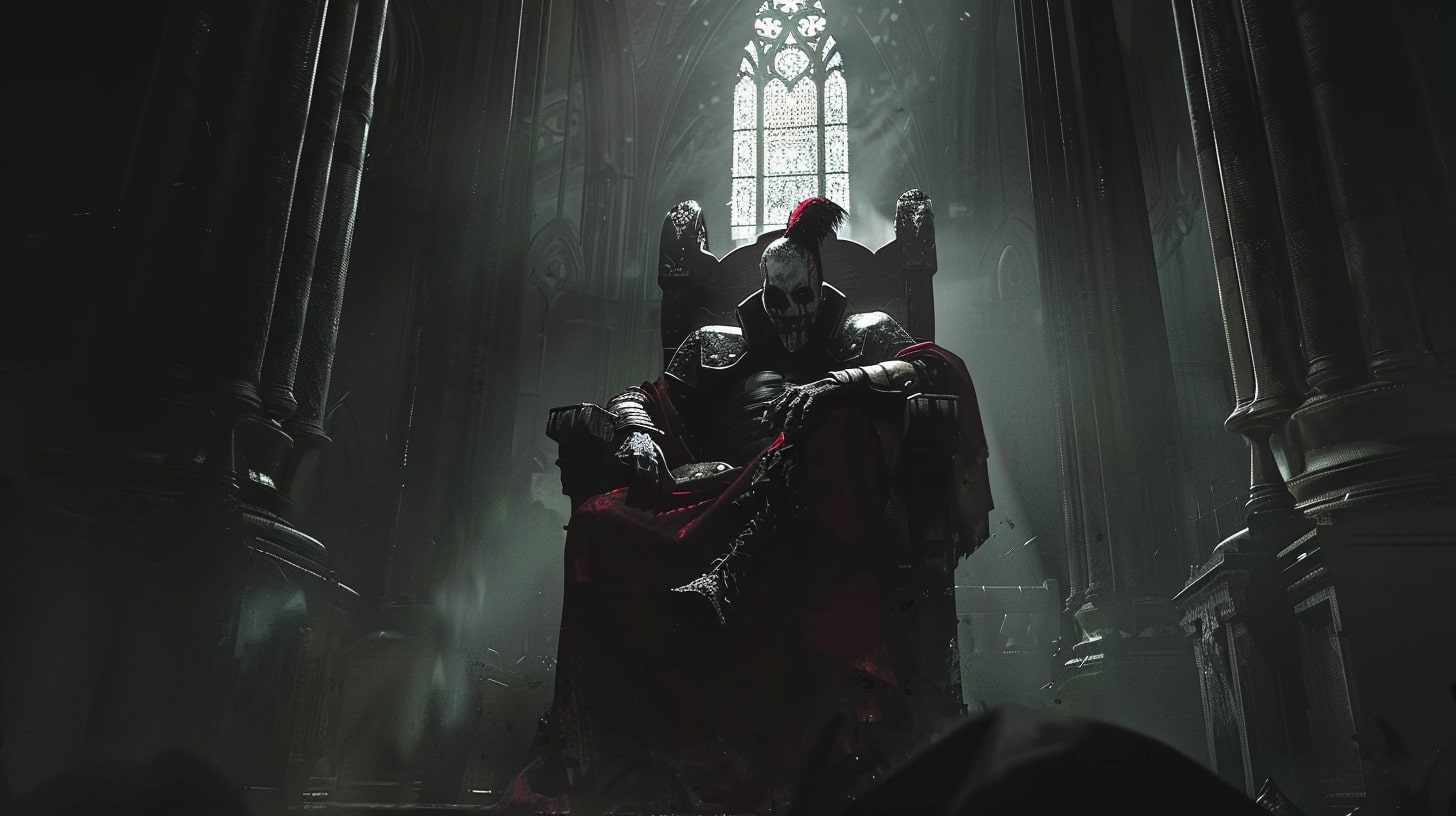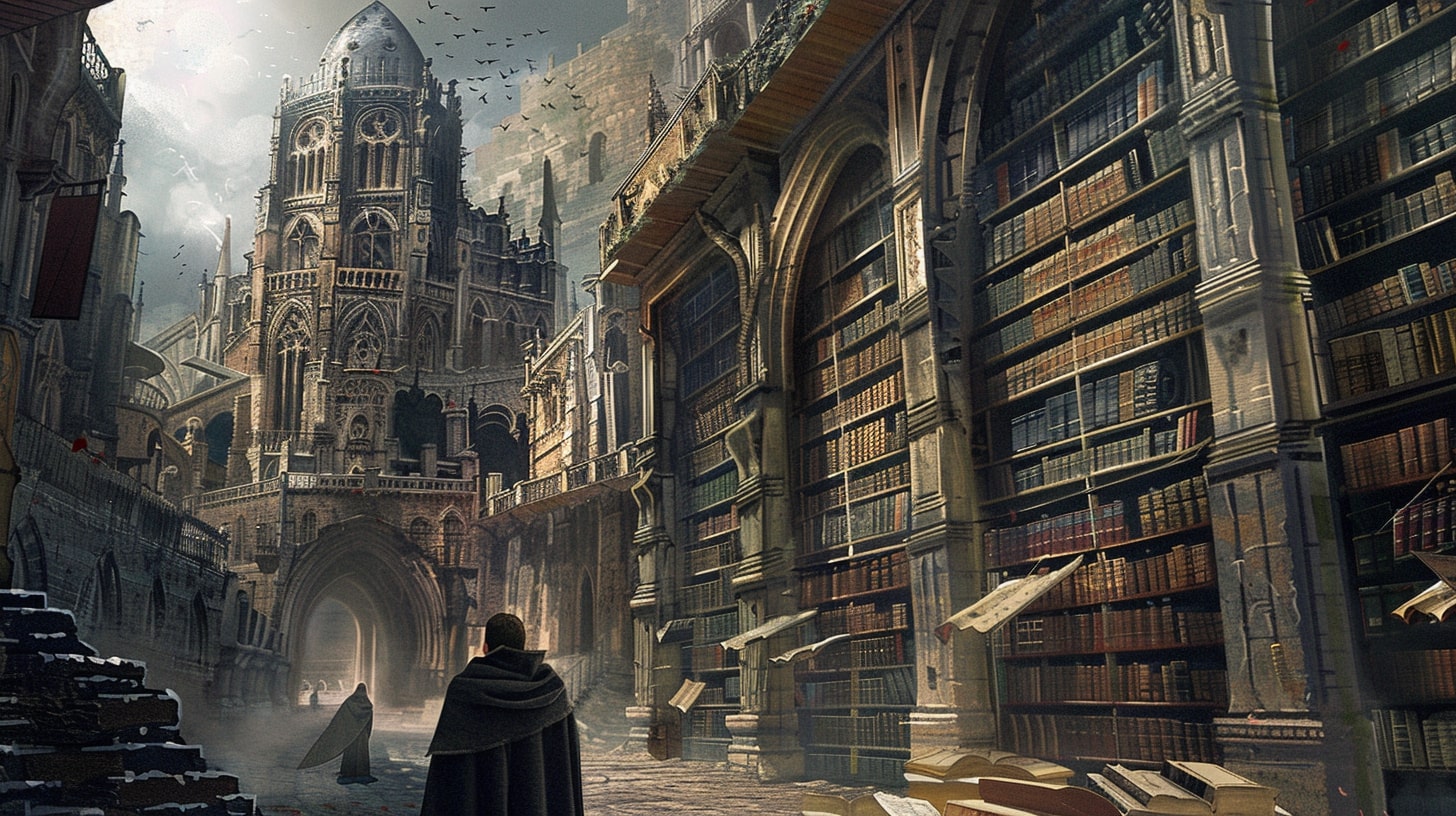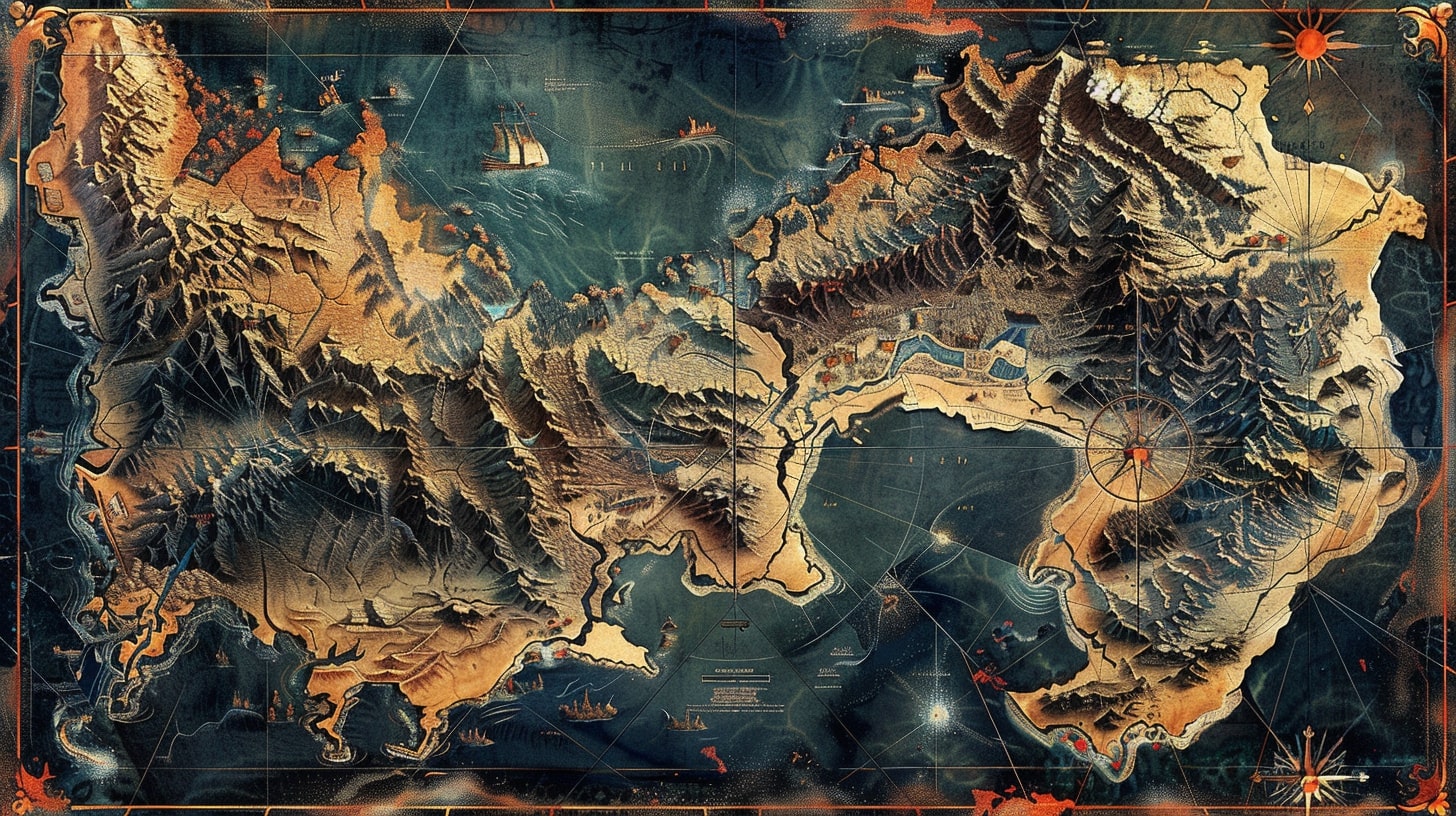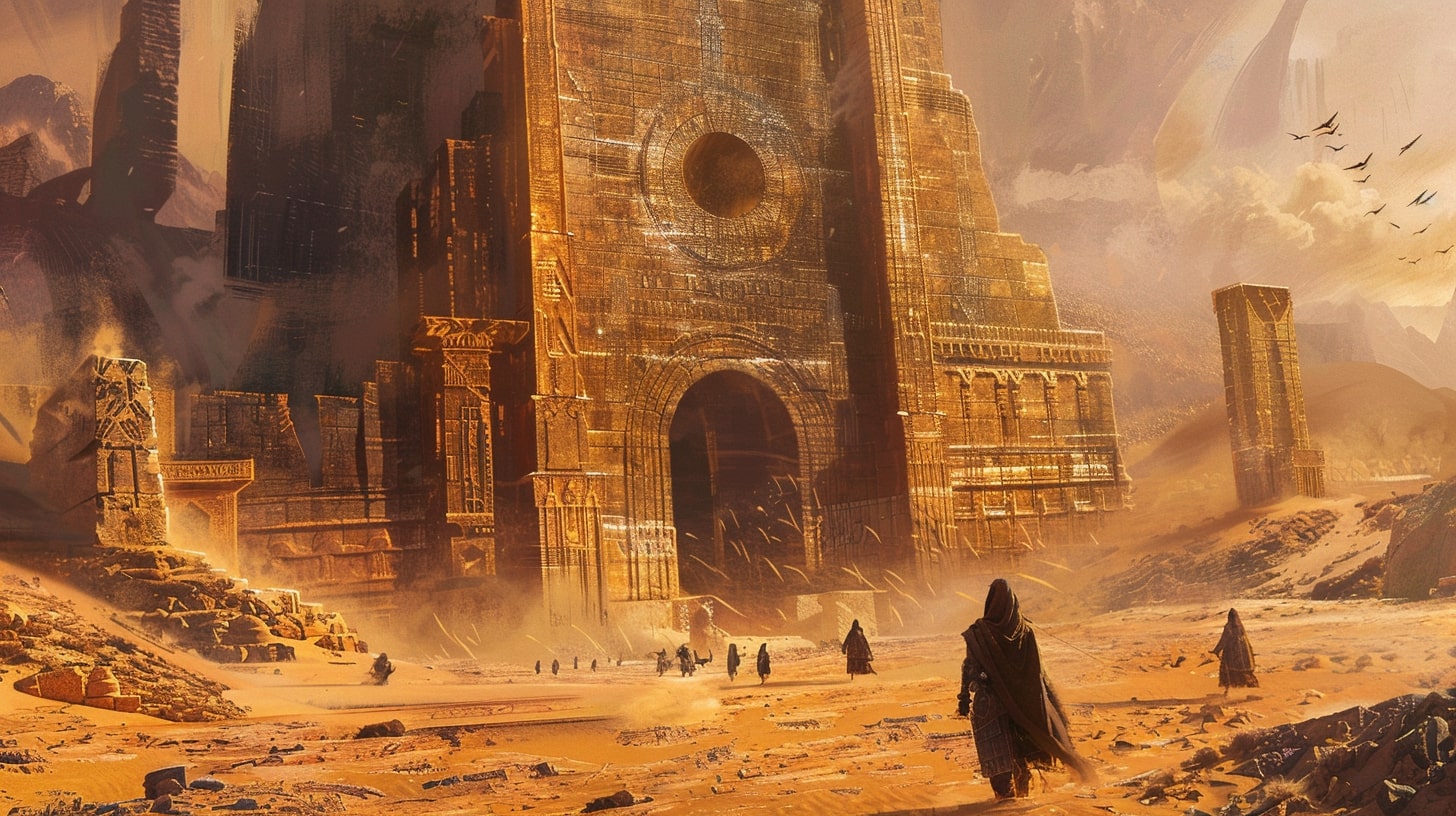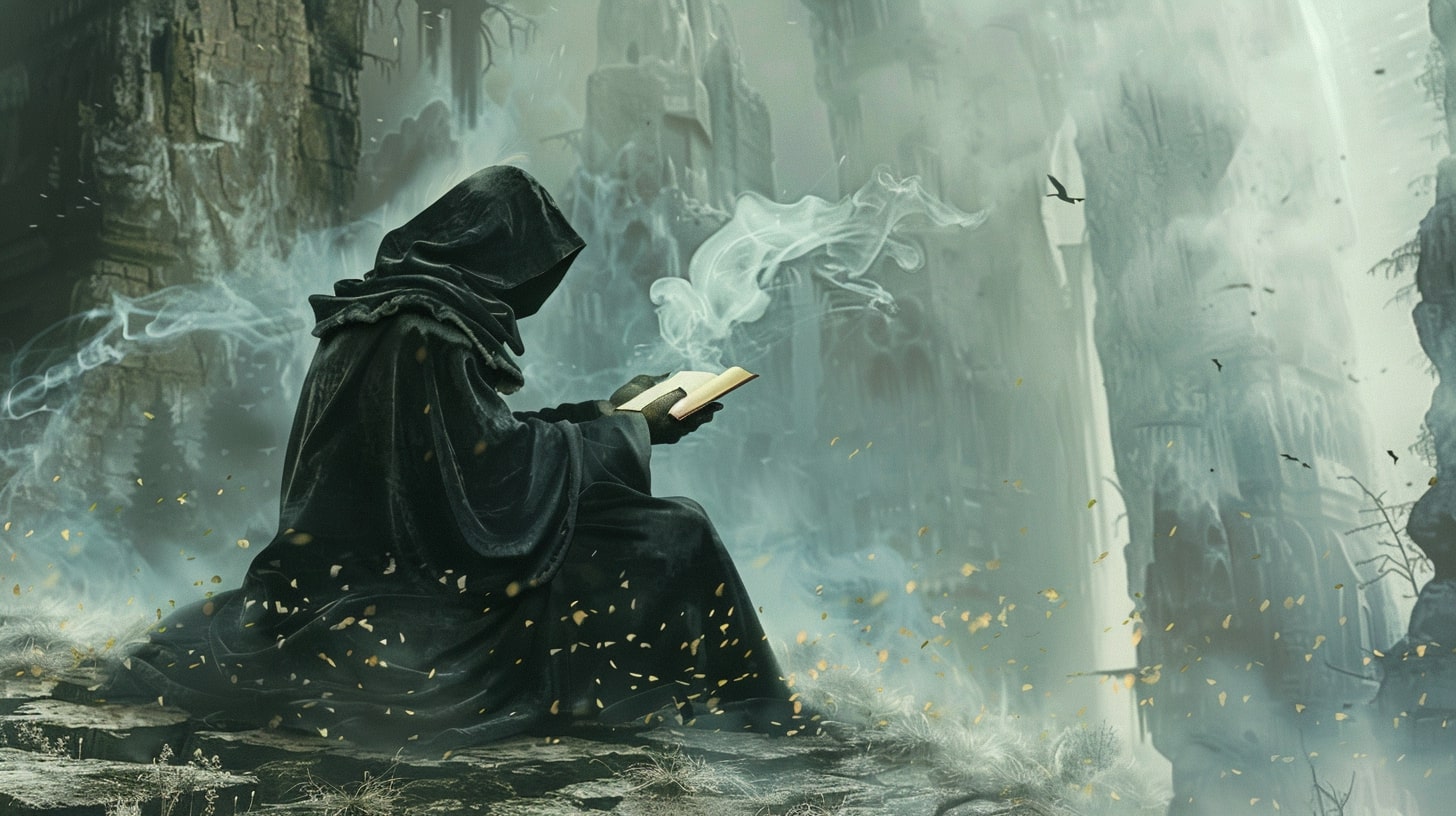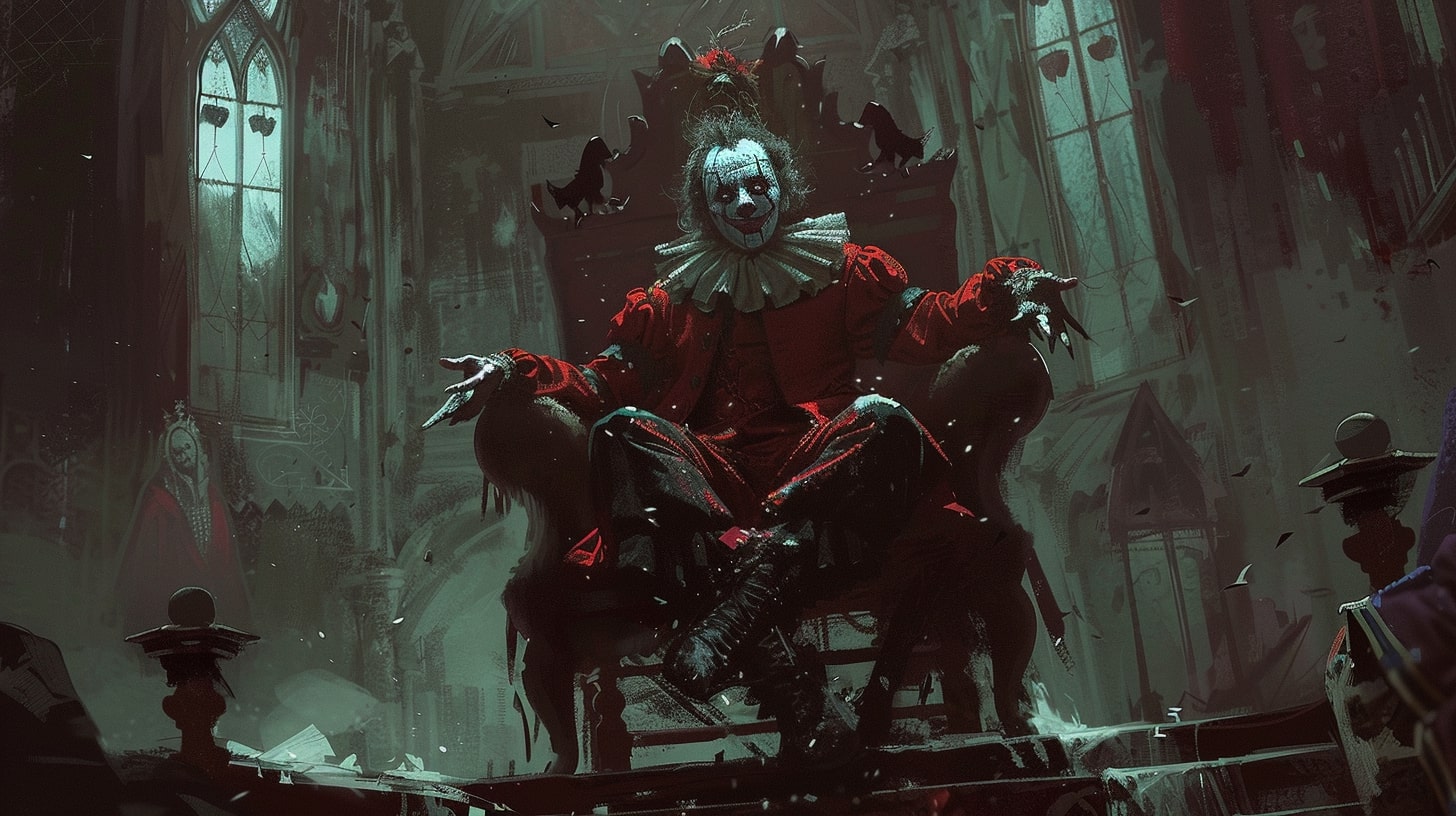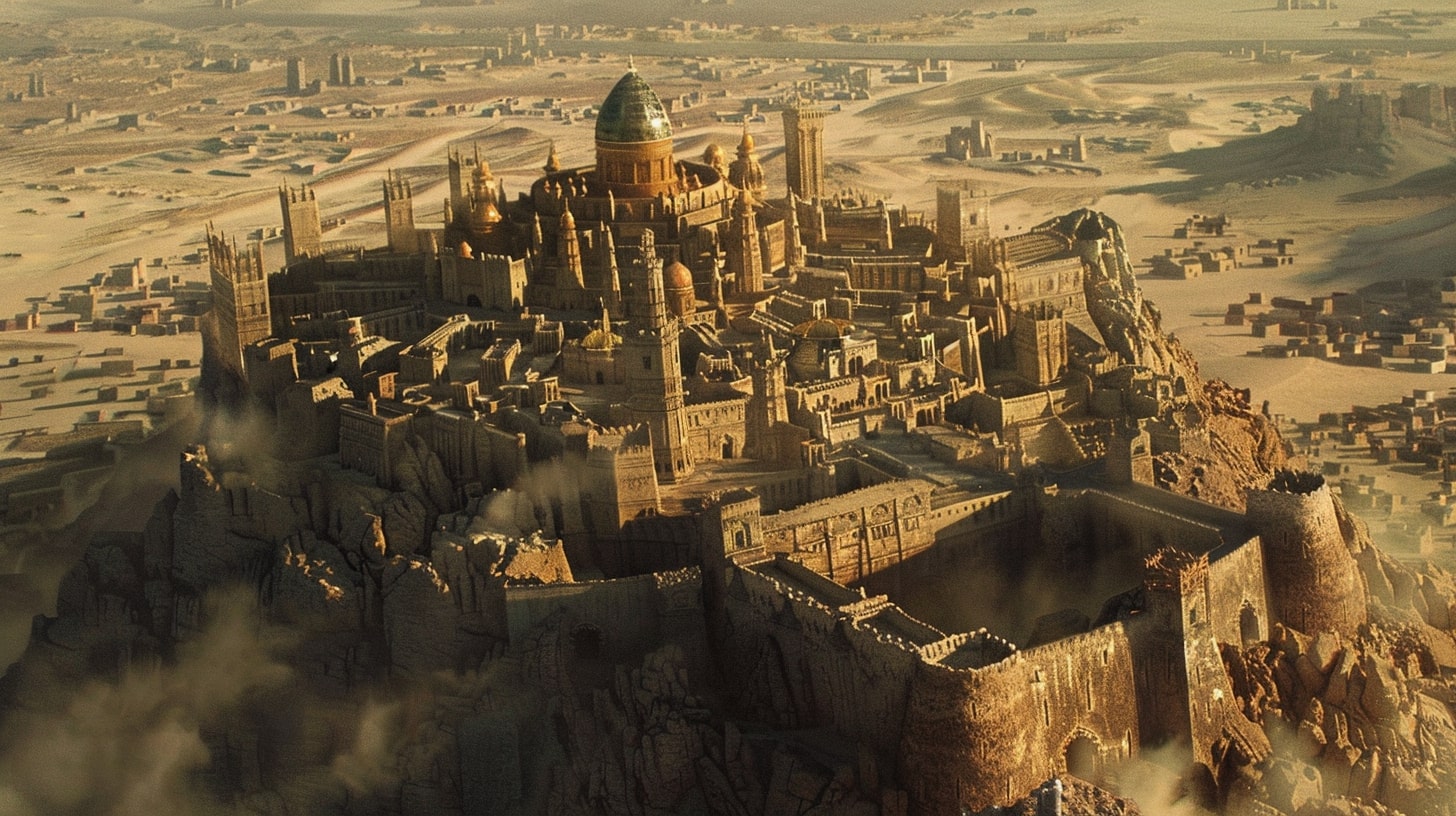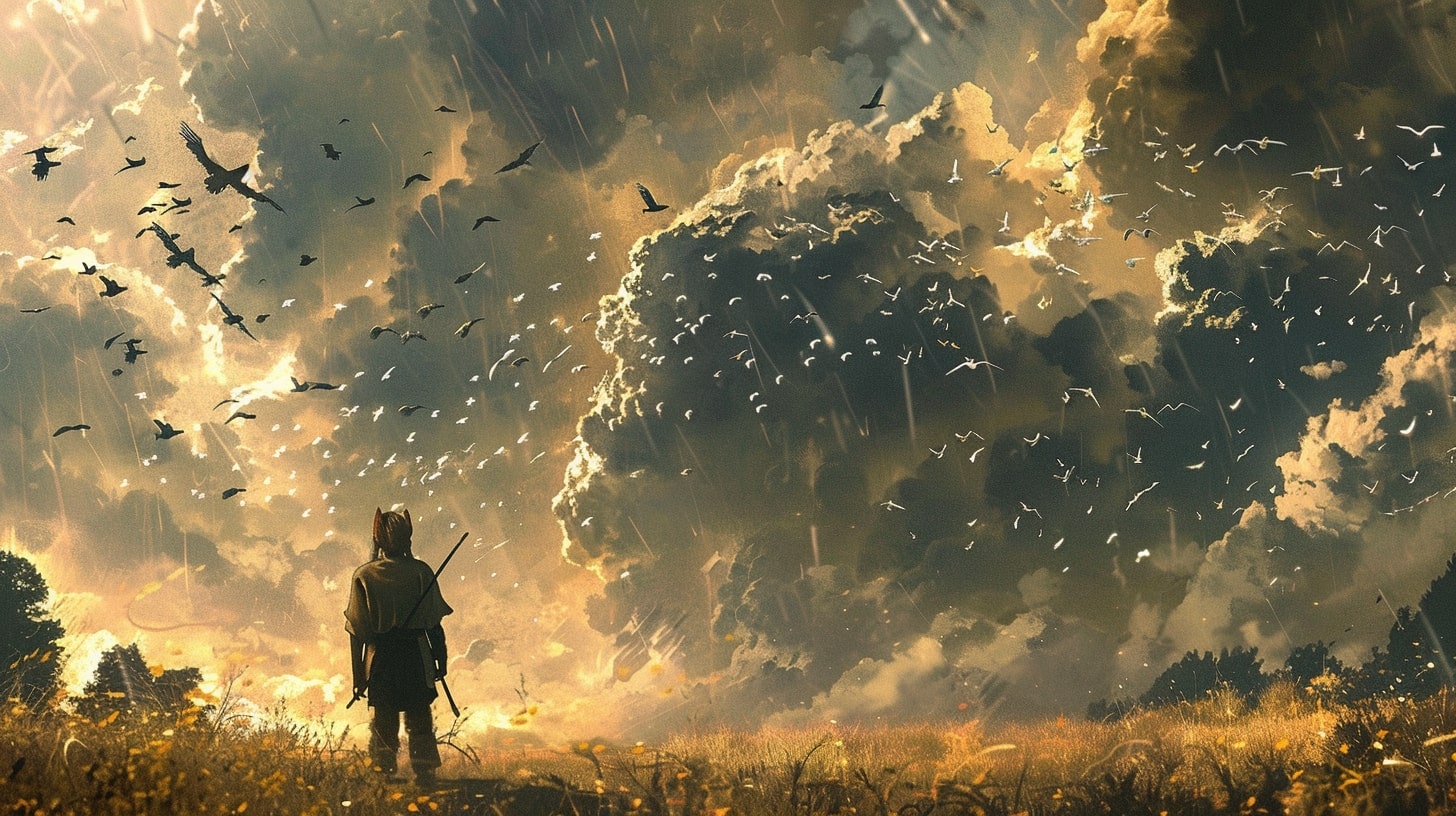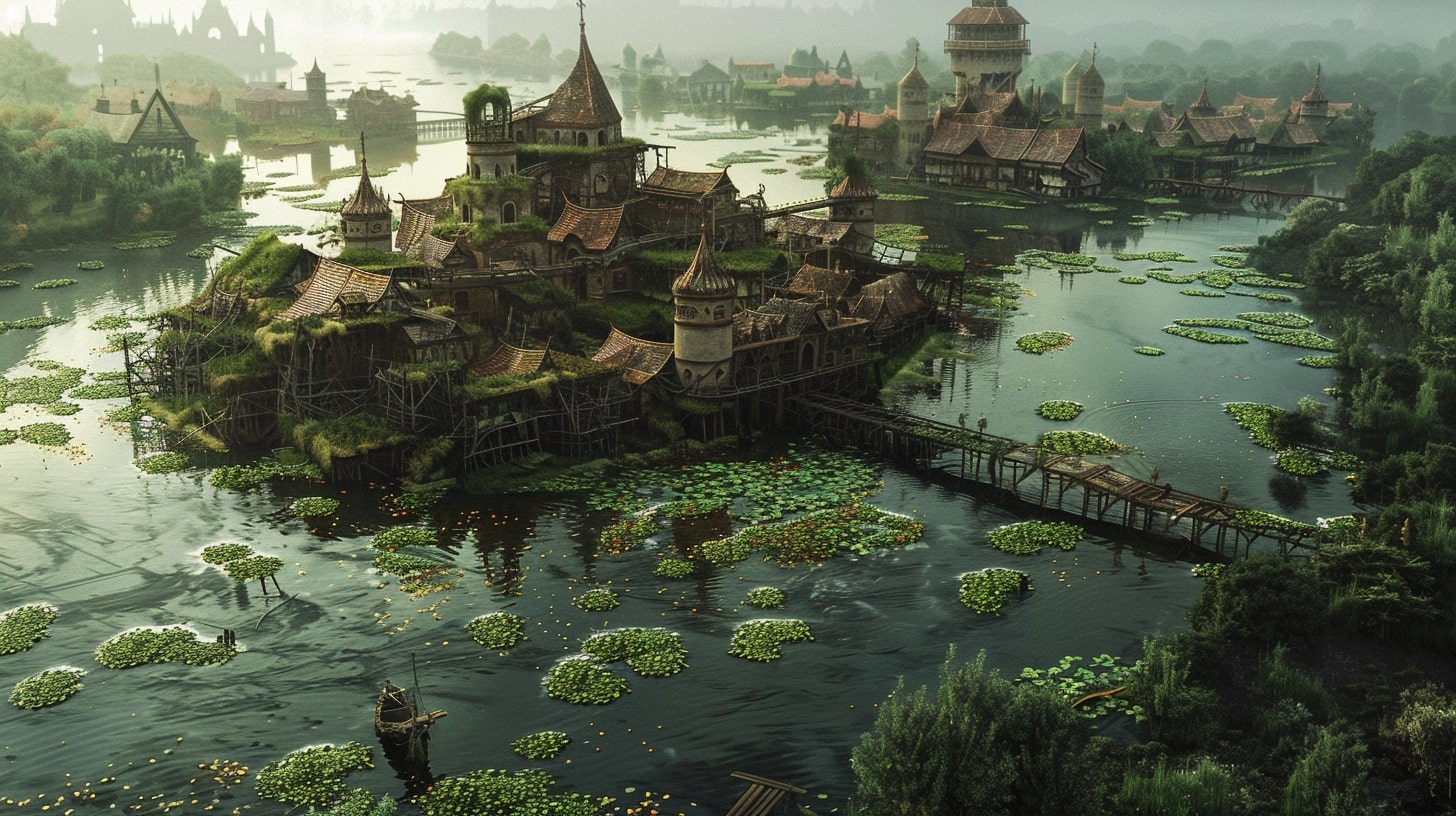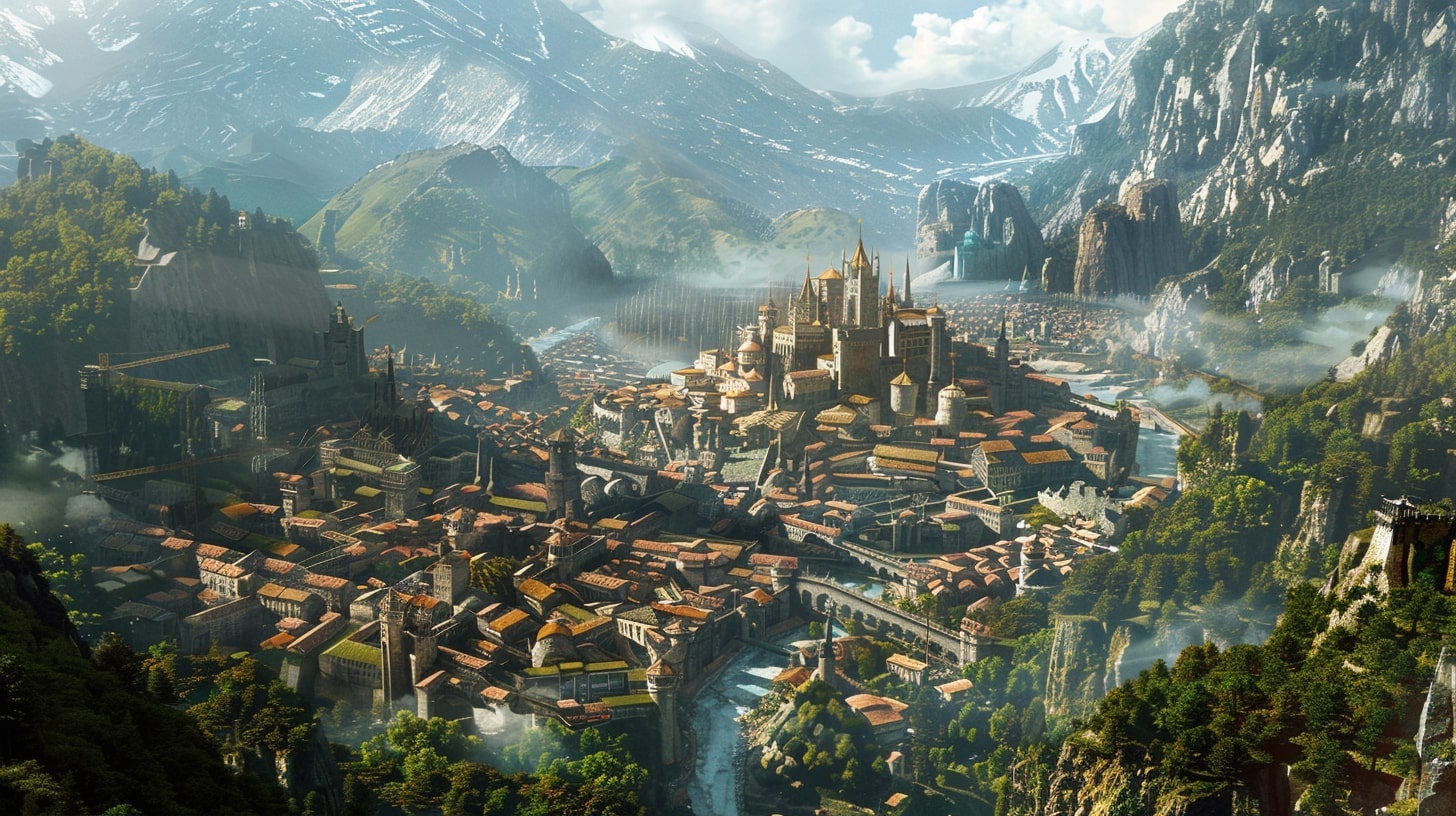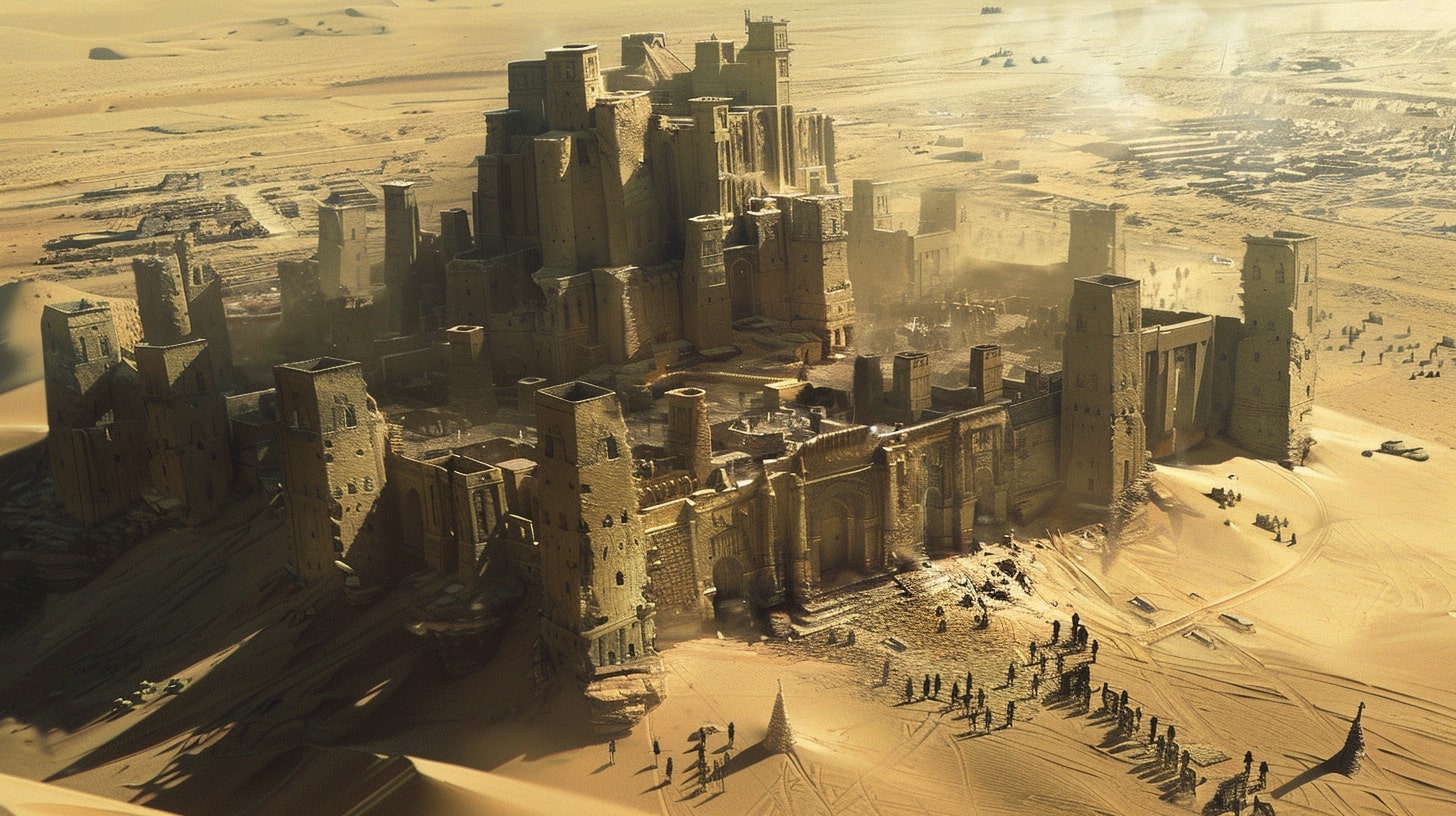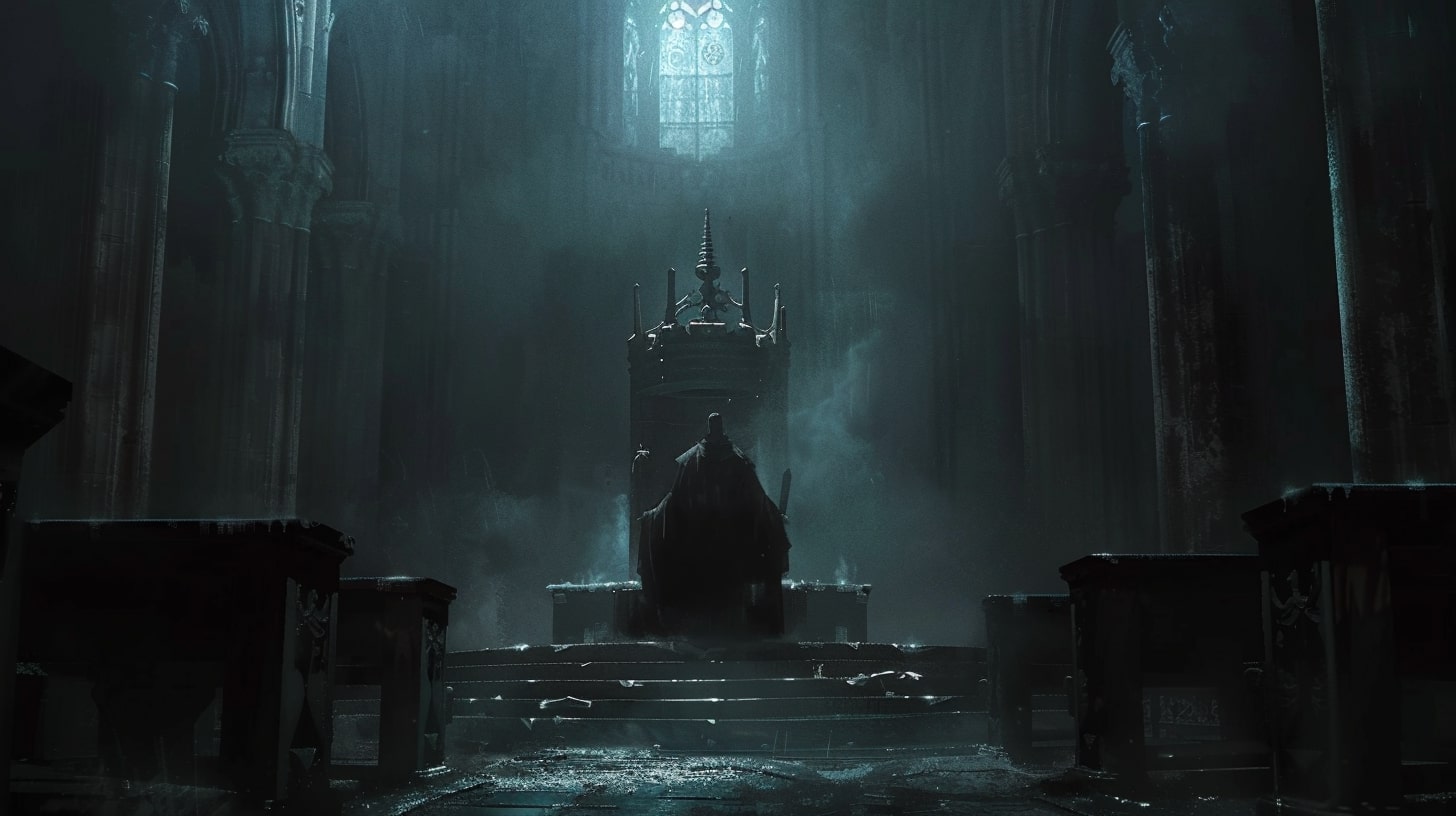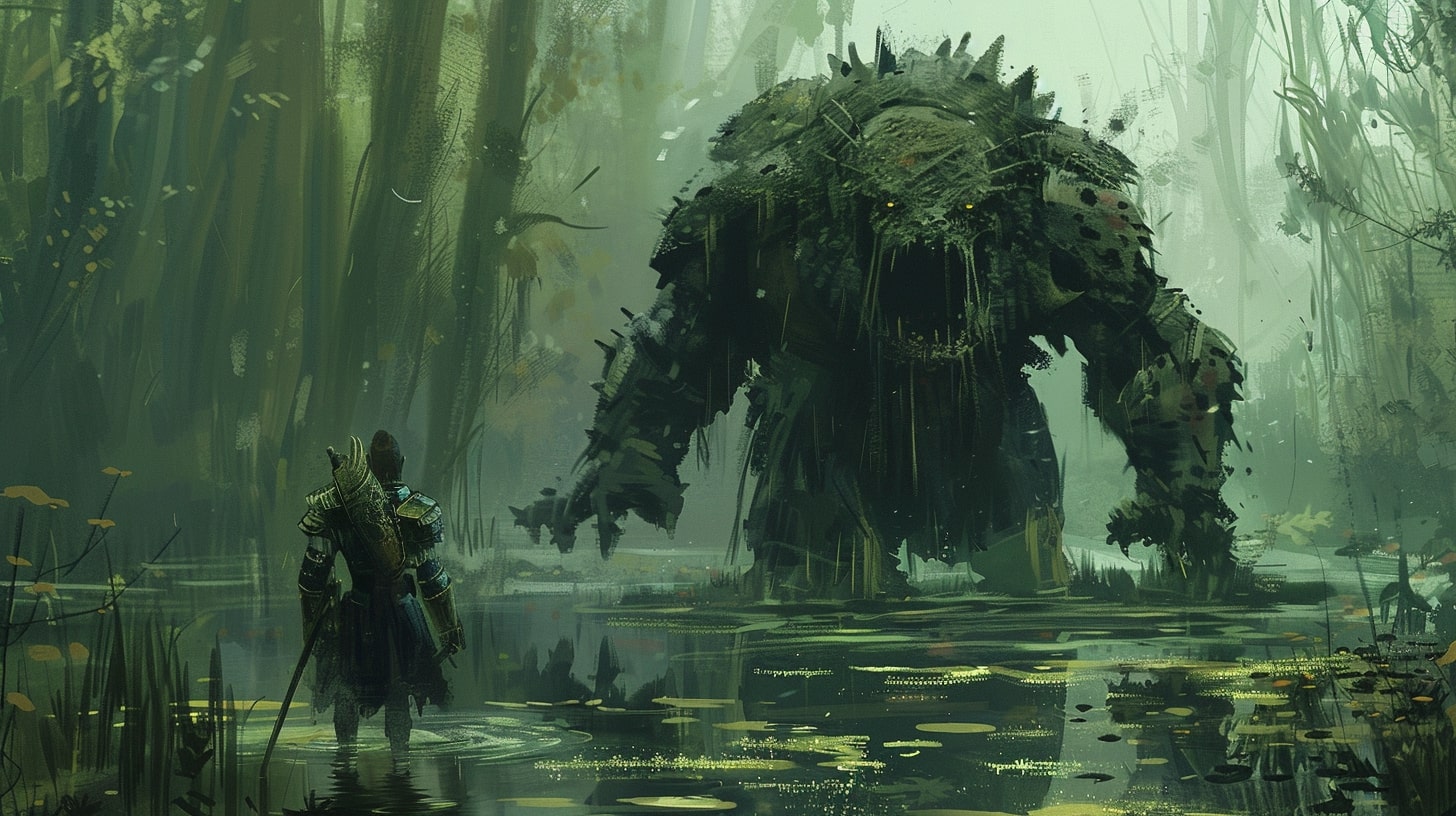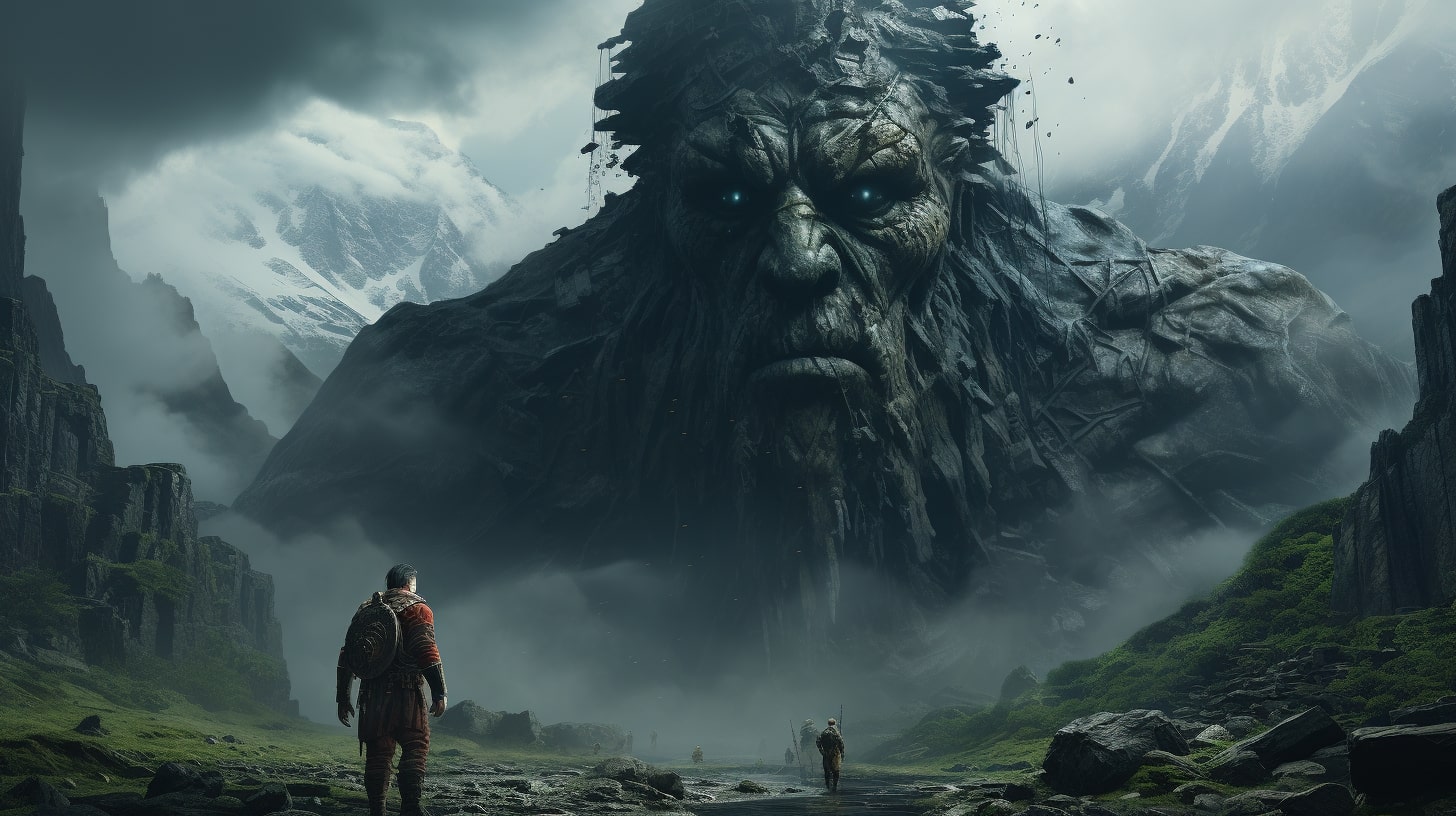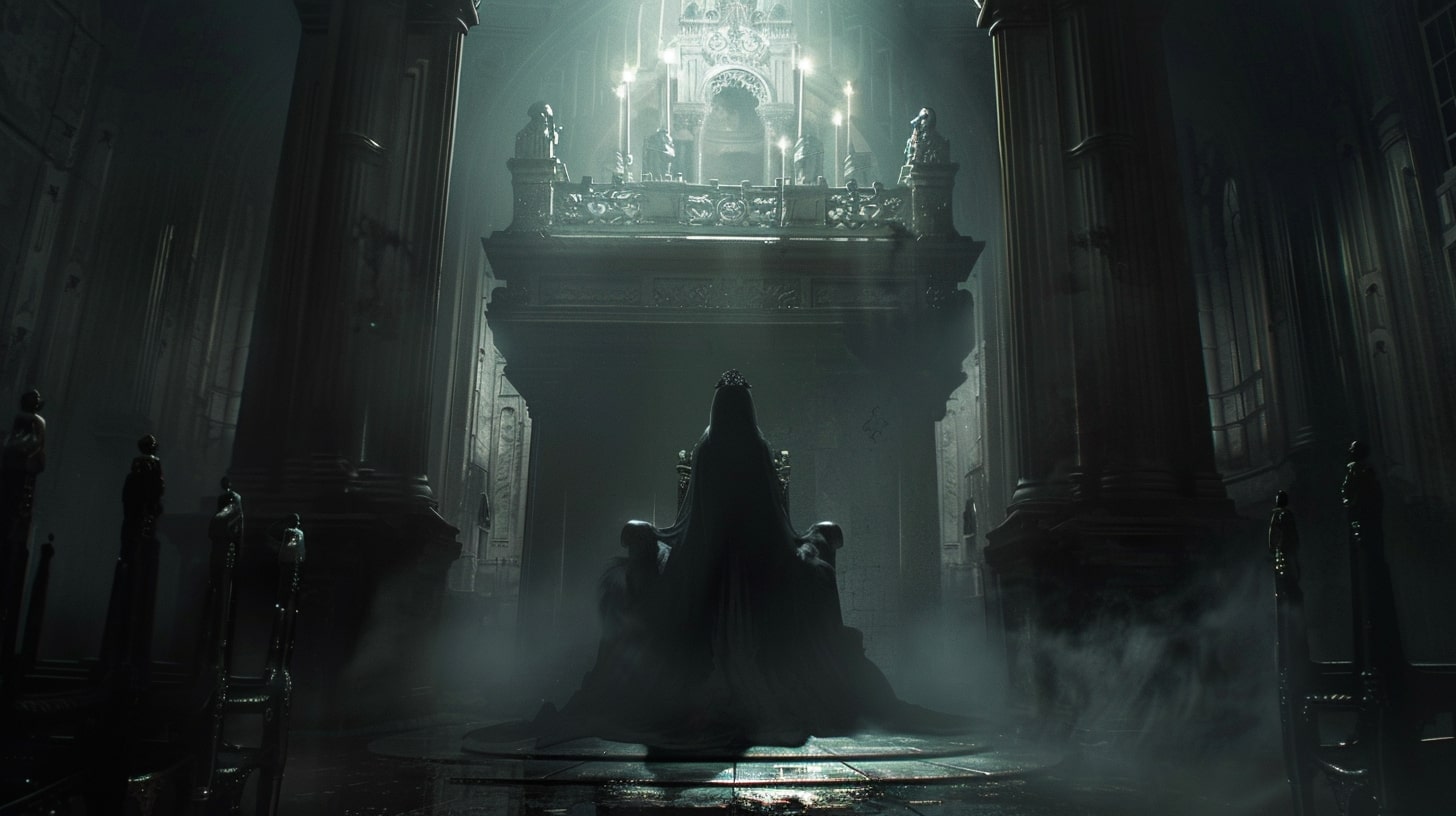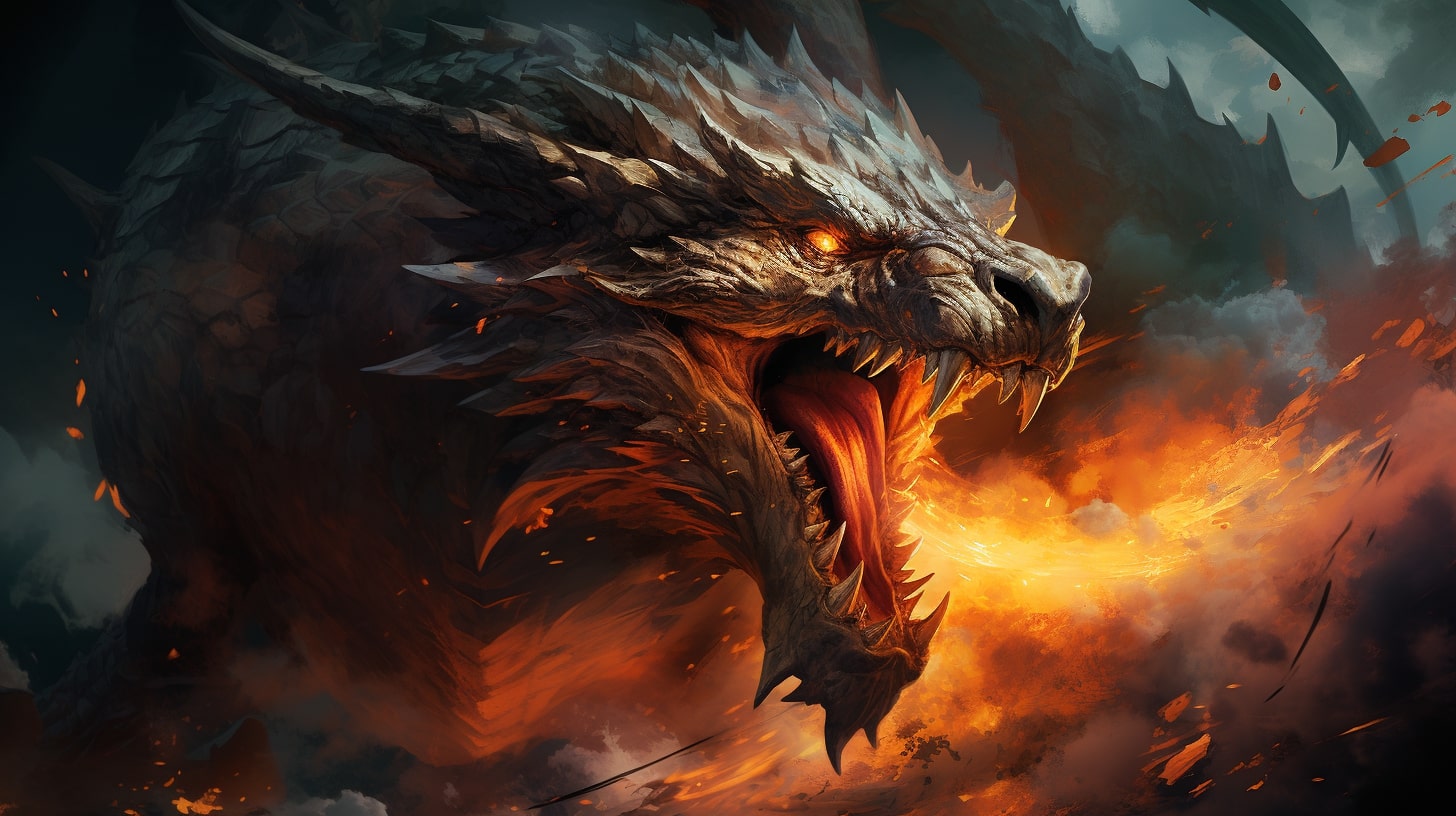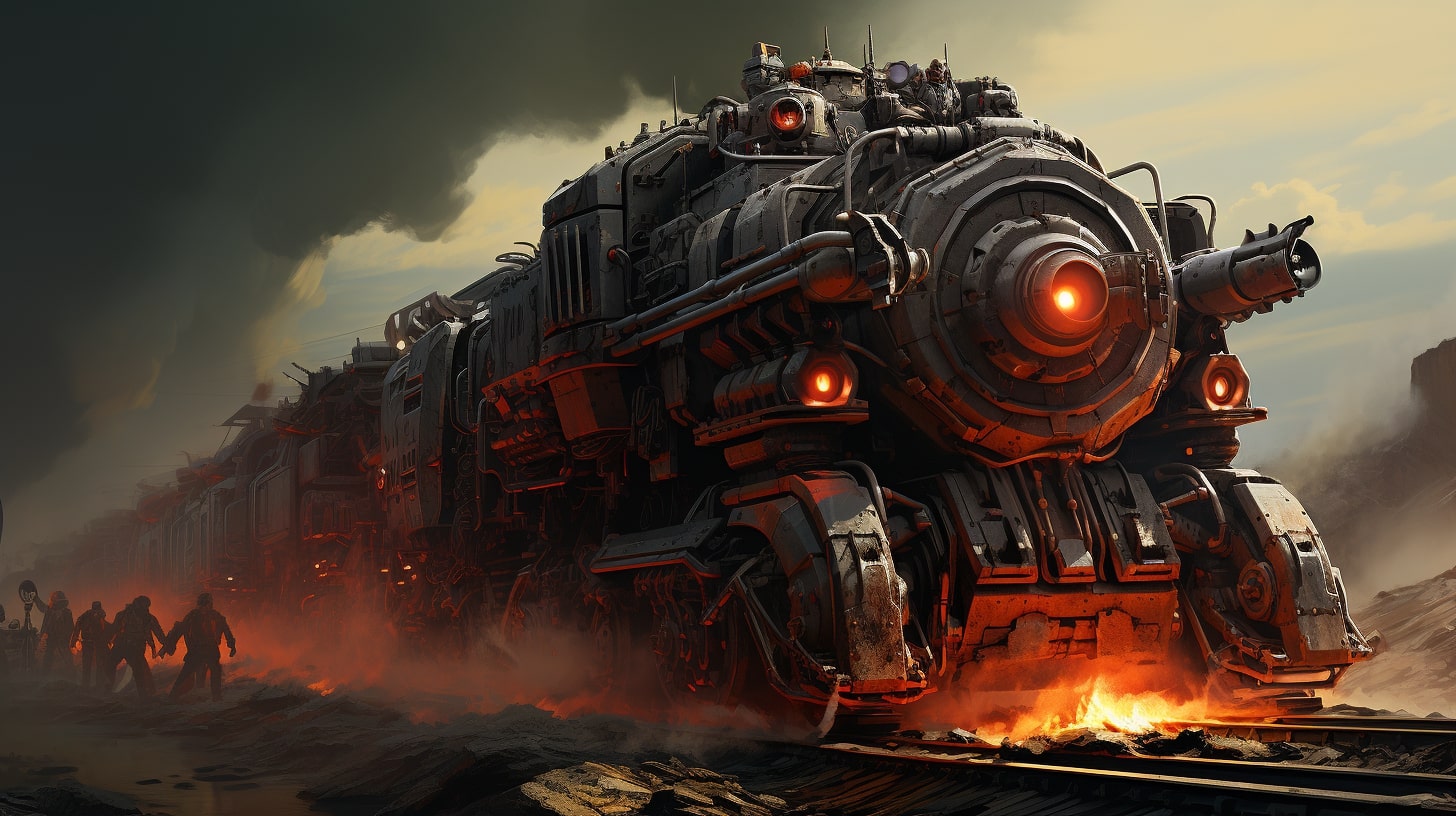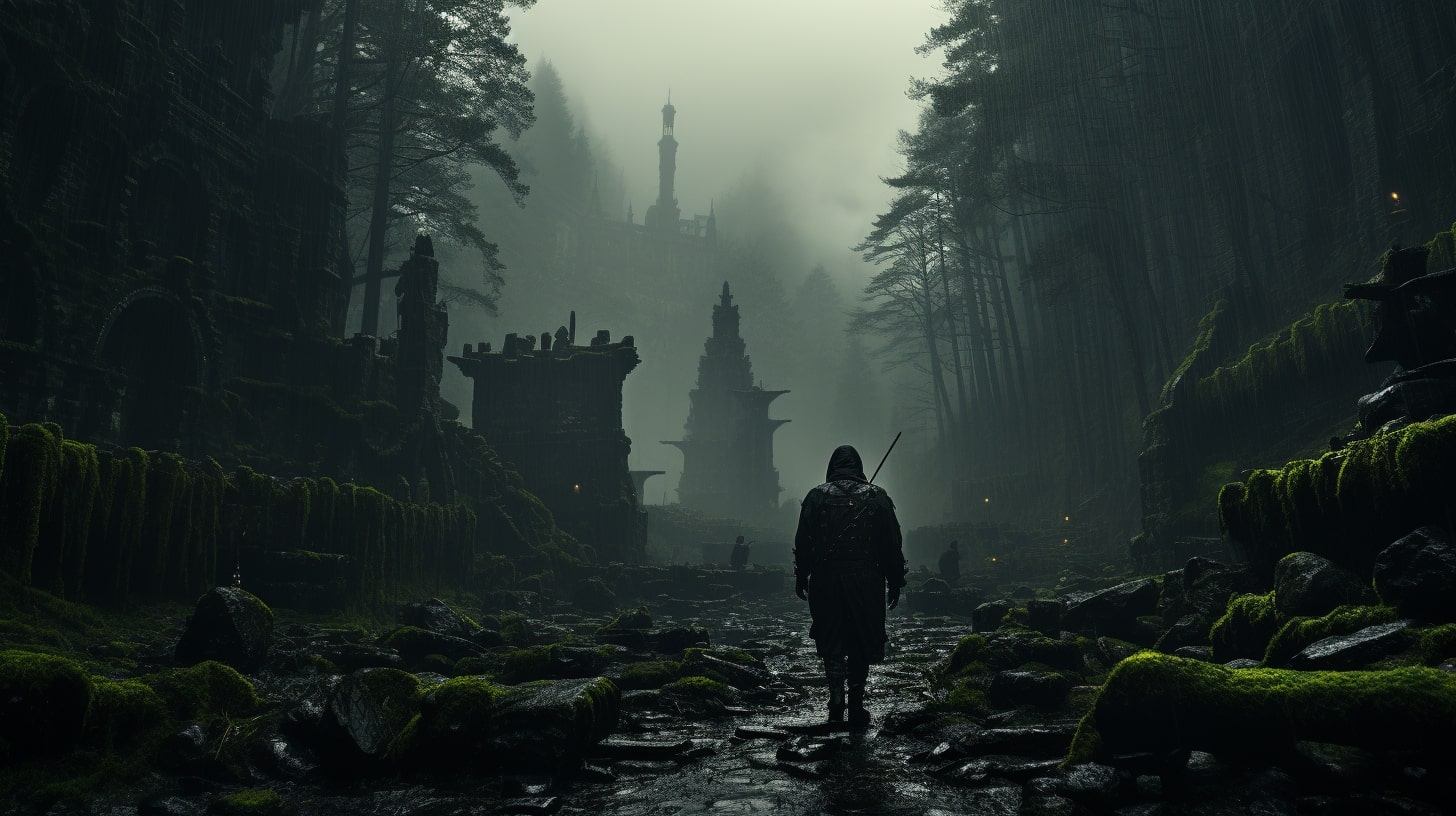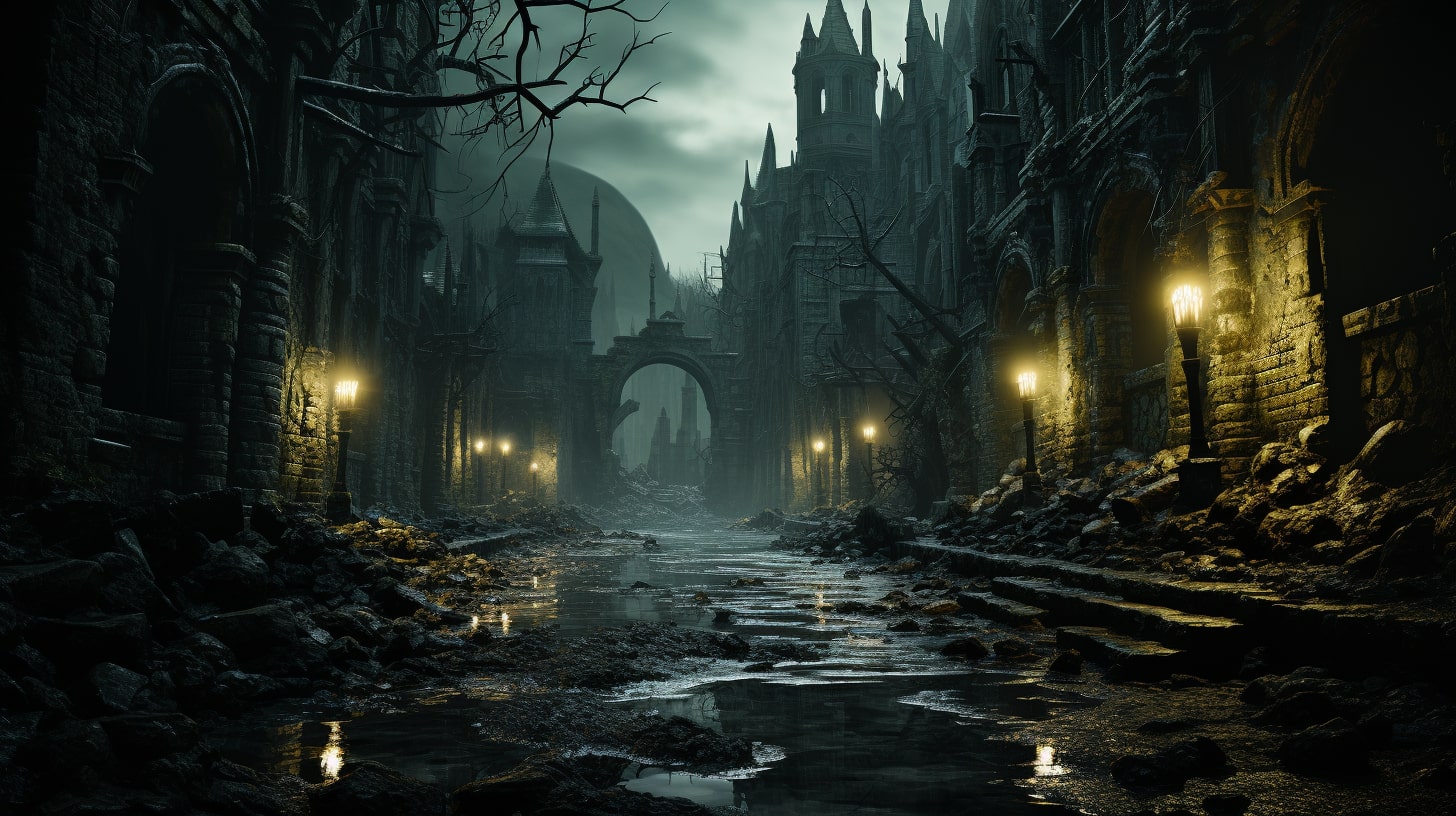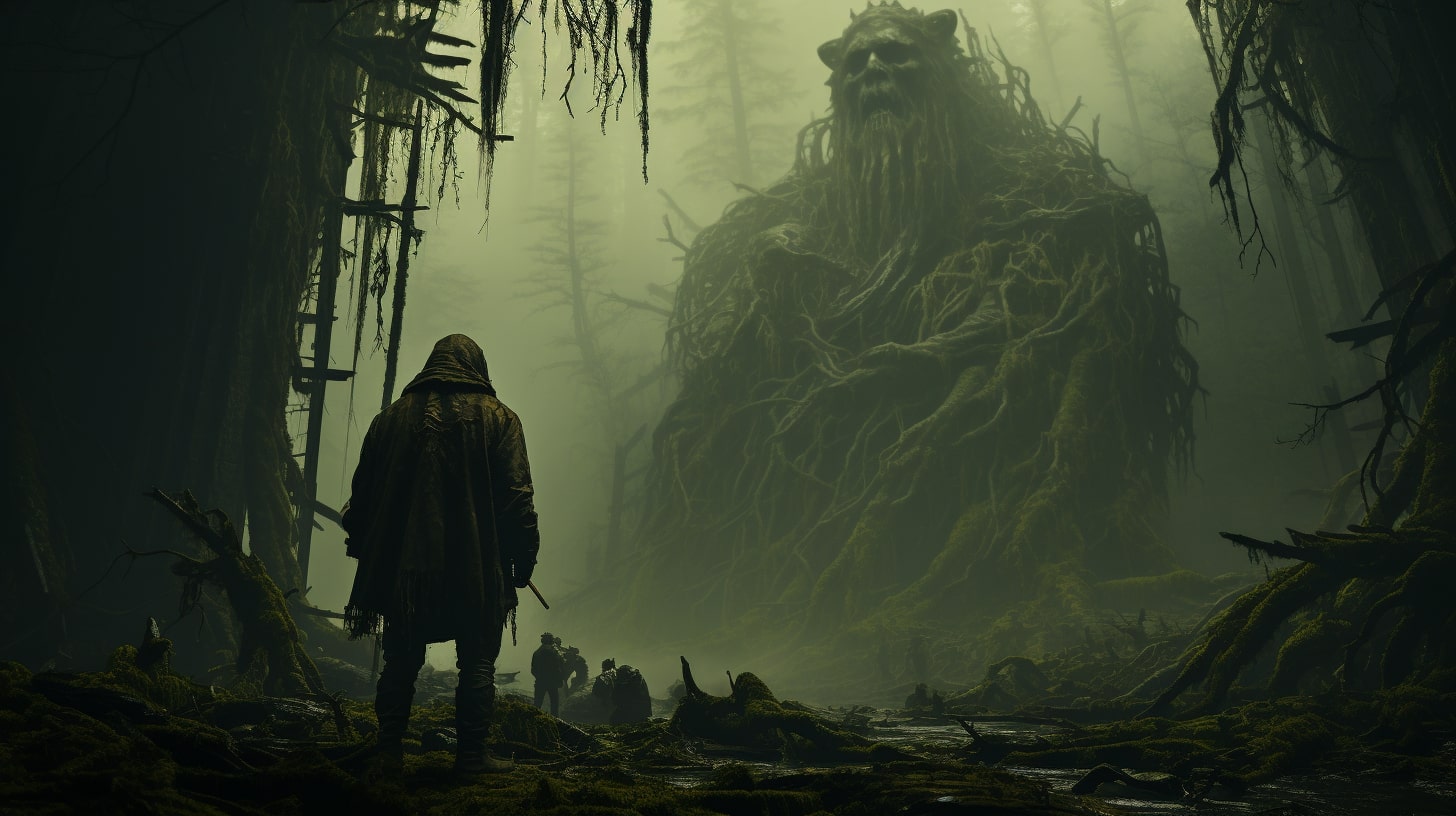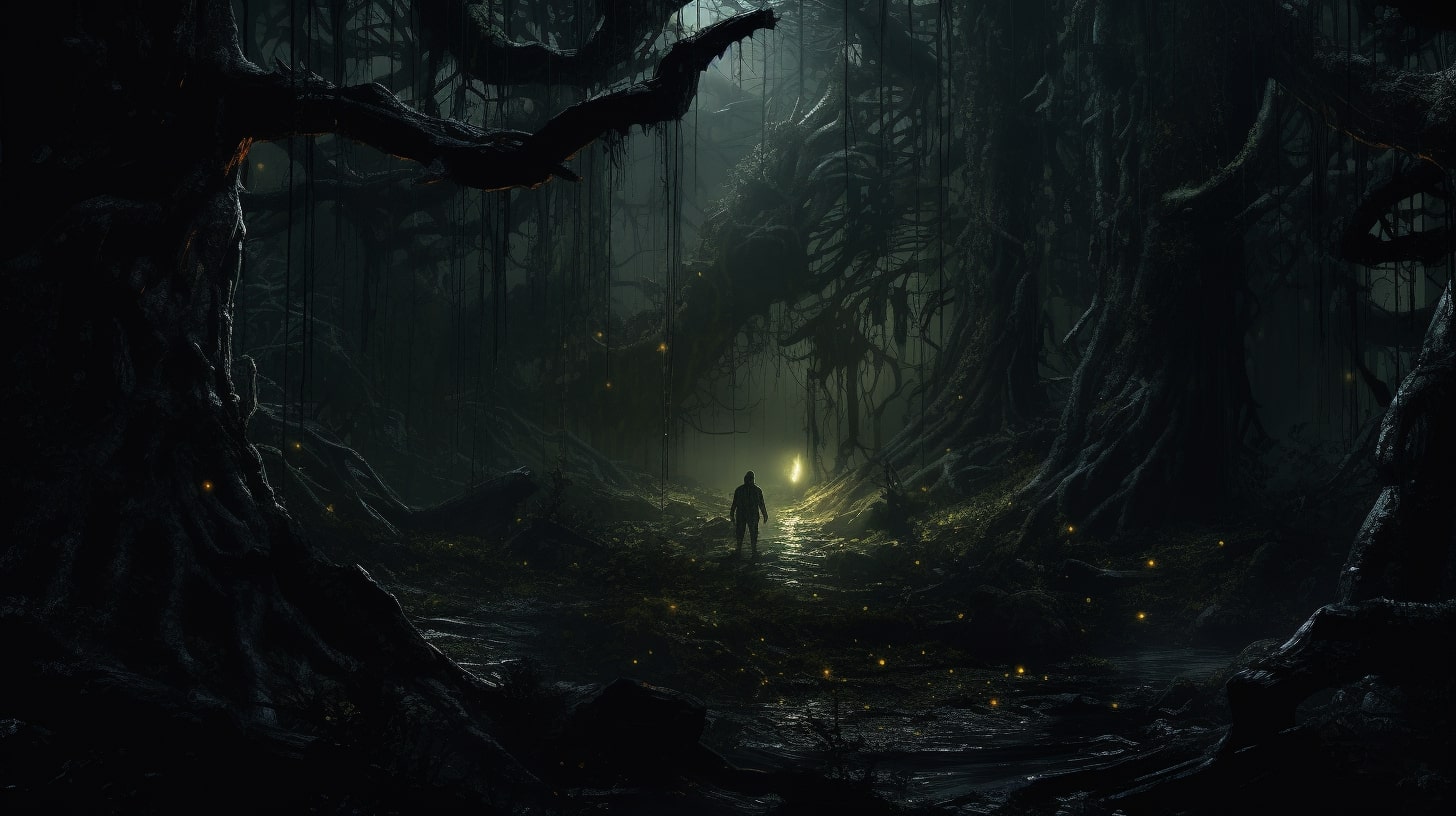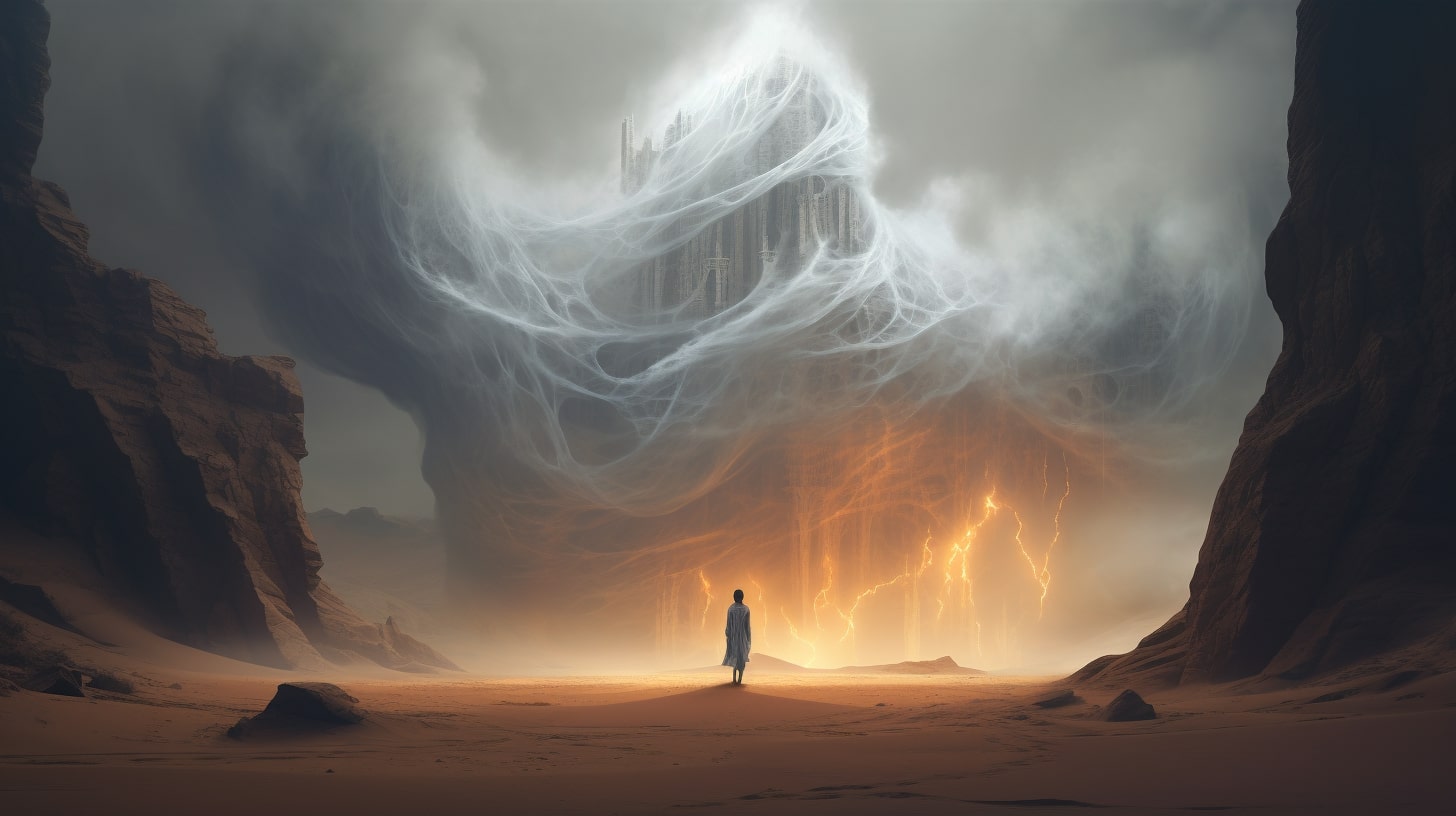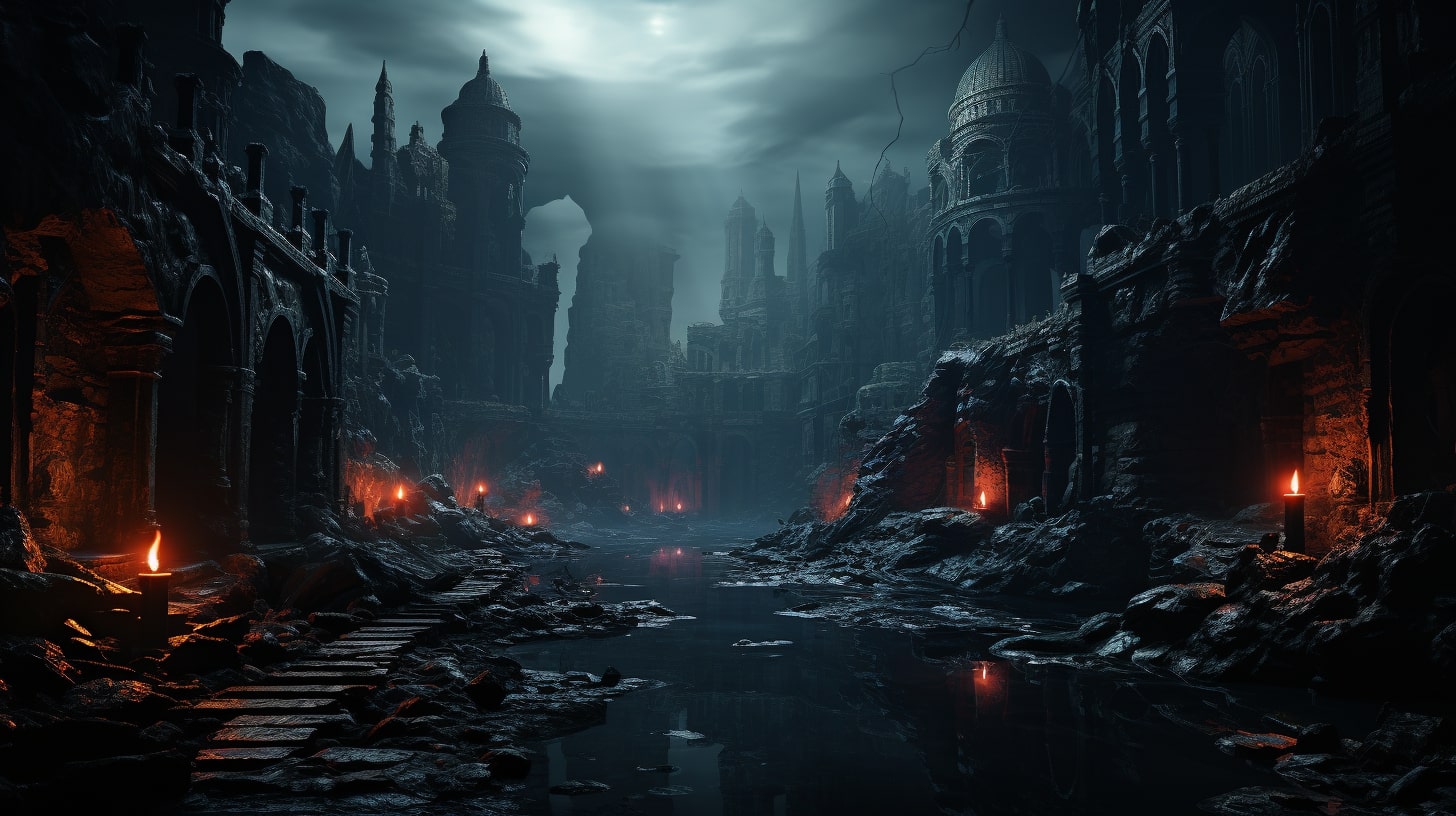The Magic of Worldbuilding
Worldbuilding is the process of constructing an imaginary world, often used in fantasy writing. This creative endeavor allows you to breathe life into your stories by creating societies, cultures, and environments that captivate your readers.
And in any world, you're going to have societies. How these societies interact with each other is a huge complex issue in worldbuilding. This is why having a better understanding of how worldbuilding societies play a role in your workflow can enhance your world to new levels.
So that's what we're going to do in this guide. Explore how to start worldbuilding societies so everything begins to pop off the page.
Introduction to Worldbuilding in Fiction
Worldbuilding in fiction involves crafting an entire universe where your characters live and where your story unfolds. This includes creating landscapes, ecosystems, and most importantly, societies. For fantasy writers, worldbuilding is an essential tool that helps immerse readers in a believable and engaging setting.
Importance of Developing Societies in Your World
Developing societies in your world is vital for several reasons. Societies add depth and realism to your story, making it more relatable and engaging for your audience. They provide a backdrop against which characters interact, grow, and evolve, influencing their motivations and actions.
Cultural Depth: Societies bring cultural norms, traditions, and social structures that enrich your narrative. These elements help readers understand the world better and connect with your characters on a deeper level. For insights on creating unique cultures, visit our article on building a fantasy world.
Conflict and Tension: Societies introduce various forms of governance, belief systems, and power dynamics that can create conflict and tension within your story. This adds layers of complexity and keeps readers invested in the plot. Explore different government forms in our upcoming section on forms of government.
Character Development: Societal influences shape your characters' identities, beliefs, and behaviors. By understanding the society your characters come from, you can create more nuanced and compelling personalities. Learn more about enhancing character depth through societal influence in our article on character development techniques.
Authenticity: A well-developed society adds authenticity to your world. It makes the setting feel lived-in and believable, allowing readers to suspend disbelief and fully immerse themselves in your story. For tips on writing realistic interactions, check out our section on writing engaging fantasy scenes.
By focusing on the development of societies within your world, you can create a rich, immersive experience for your readers. Whether you're constructing complex political systems or intricate cultural traditions, the effort put into worldbuilding will pay off in the form of a captivating and memorable story.
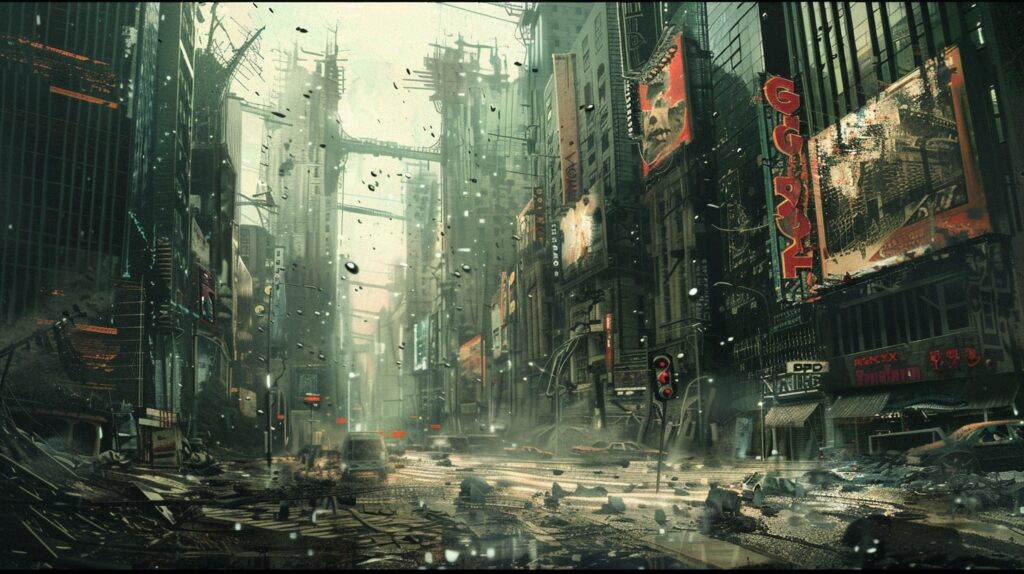
Worldbuilding Societies: Creating Diverse Societies
Establishing Cultural Norms and Traditions
Creating diverse societies in your fictional world involves establishing unique cultural norms and traditions. This process is vital for making your world feel alive and authentic. When crafting these aspects, consider how cultural practices influence daily life, ceremonies, and interactions among characters.
To start, think about the following elements:
- Rituals and Ceremonies: What are the key rituals in this society? Are there specific rites of passage, seasonal festivals, or religious ceremonies?
- Daily Practices: How do people greet each other? What are their eating habits? Are there unique customs related to work, leisure, or family life?
- Dress and Adornment: What do people wear? Are there traditional garments, accessories, or body modifications that hold cultural significance?
These cultural norms and traditions can be woven into the narrative to enrich your world. For example, a character might participate in a coming-of-age ceremony, providing insight into societal values and beliefs. To dive deeper into creating immersive worlds, check out our article on building a haunting world.
Designing Social Structures and Hierarchies
Social structures and hierarchies define how power and responsibilities are distributed within a society. Designing these elements adds complexity and realism to your world. Consider the following aspects:
- Class Systems: Are there distinct social classes or castes? How is status determined—by birth, wealth, occupation, or other factors?
- Roles and Responsibilities: What roles do different members of society play? Are there specific duties for leaders, warriors, healers, or artisans?
- Gender and Age: How does the society view gender and age? Are there specific roles or expectations for different genders or age groups?
Creating detailed hierarchies can lead to compelling conflicts and power dynamics within your story. For instance, a character from a lower class striving to break societal barriers can add depth and tension to the narrative. Explore more about character dynamics in our article on character development techniques.
| Social Aspect | Example Questions |
|---|---|
| Class Systems | How are the classes divided? Are there any symbols or attire that distinguish them? |
| Roles and Responsibilities | What are the main professions? Are certain roles hereditary or earned? |
| Gender and Age | How are different genders treated? Are there age-based milestones or privileges? |
By thoughtfully establishing cultural norms, traditions, and social structures, you can create diverse societies that captivate your readers. These elements not only enhance worldbuilding but also provide a rich backdrop for character development and plot progression. For more on building intricate fantasy worlds, visit our guide on building a fantasy world.

Developing Belief Systems
Creating believable and intricate belief systems is essential in worldbuilding societies. By weaving religion, mythology, superstitions, and taboos into your fictional world, you add layers of depth and realism to your story.
Religion and Mythology
Religion and mythology are cornerstones of many societies. They shape cultural practices, influence politics, and provide a shared narrative for the people in your world. When developing these elements, consider the following aspects:
- Deities and Spirits: Decide whether your world has one god, multiple gods, or none at all. Are there spirits or supernatural beings that influence daily life?
- Creation Myths: How do the inhabitants believe the world was created? What stories do they tell about the origins of their society?
- Religious Practices: What rituals and ceremonies are important? Are there specific holidays or festivals that are celebrated?
- Sacred Texts: Are there holy books or scriptures? Who interprets these texts, and how do they influence society?
| Aspect | Example |
|---|---|
| Deities and Spirits | Pantheon of gods, ancestral spirits, nature spirits |
| Creation Myths | The world was sung into existence by a celestial being |
| Religious Practices | Daily prayers, seasonal festivals, sacrificial rites |
| Sacred Texts | Ancient scrolls, oral traditions, prophetic writings |
For more ideas on integrating these elements into your story, visit our guide on building a fantasy world.
Superstitions and Taboos
Superstitions and taboos play a significant role in shaping the behaviors and interactions of your characters. They often stem from religious beliefs, historical events, or cultural practices. Here are some factors to consider:
- Common Superstitions: What are the widely held beliefs that influence daily life? Do people avoid certain numbers, animals, or actions?
- Taboos: What actions or behaviors are considered forbidden? How do these taboos affect social interactions and personal choices?
- Cultural Significance: How do superstitions and taboos reflect the history and values of the society? Are they tied to specific myths or legends?
- Enforcement: Who enforces these taboos? Are there specific punishments for breaking them?
| Aspect | Example |
|---|---|
| Common Superstitions | Avoiding black cats, knocking on wood |
| Taboos | Speaking the names of the dead, entering sacred forests |
| Cultural Significance | Linked to ancient curses, warnings from prophets |
| Enforcement | Priests, elders, secret societies |
Incorporating these elements can add tension and complexity to your narrative. For more on creating a haunting atmosphere in your world, check out our article on building a haunting world.
By thoughtfully developing religion, mythology, superstitions, and taboos, you breathe life into your fictional societies, making them more immersive and engaging for your readers. Dive deeper into the intricacies of worldbuilding with our resources on worldbuilding languages and character development techniques.
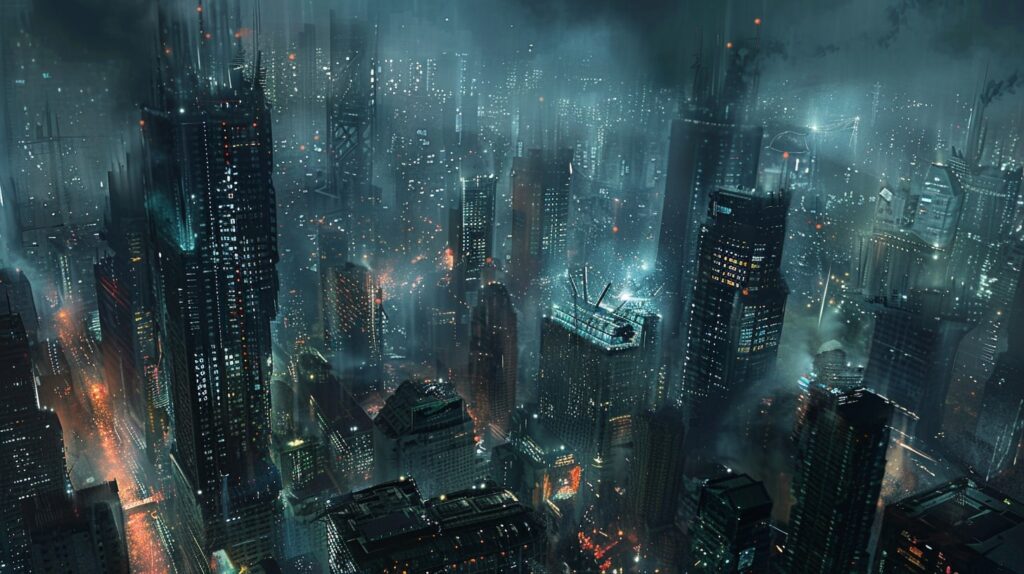
Crafting Governance and Politics
When building rich, immersive worlds in your fantasy fiction, the systems of governance and political dynamics within your societies play a crucial role. These elements shape the lives of your characters and drive the narrative forward.
Forms of Government
The form of government in your fictional society will significantly influence how your characters interact with their world. Here are some common types of governance structures you can consider:
| Government Type | Description |
|---|---|
| Monarchy | Rule by a single person, often a king or queen, with power passed down through a family line. |
| Democracy | Rule by the people, typically through elected representatives. |
| Oligarchy | Rule by a small group of powerful individuals or families. |
| Theocracy | Rule by religious leaders or based on religious laws. |
| Anarchy | Absence of a formal governing body, often leading to a state of disorder. |
| Republic | Rule by elected representatives and a president rather than a monarch. |
Each form of government brings its own set of challenges and societal norms. For instance, a monarchy might focus on royal bloodlines and succession battles, while a democracy could explore the complexities of elections and public opinion. Choose a form that best suits the themes and conflicts you wish to explore in your story.
Power Dynamics and Conflict Resolution
Understanding the power dynamics within your society is essential for creating believable conflicts and resolutions. Consider the following aspects:
Power Distribution: Who holds the power? Is it concentrated in the hands of a few, or is it more evenly distributed? The distribution of power will affect how conflicts arise and are resolved.
Conflict Sources: Identify what causes conflicts in your society. Is it a struggle for resources, ideological differences, or personal vendettas? Knowing the root causes will help you craft realistic and engaging conflicts.
Conflict Resolution Mechanisms: How are conflicts typically resolved? Are there established laws and procedures, or is it more chaotic? Consider the role of law enforcement, judicial systems, and informal methods like duels or negotiations.
Key Players: Identify the main players in the political arena. These could be powerful families, influential advisors, or rebellious factions. Their interactions will drive much of the political intrigue in your story.
Historical Context: The history of your society can provide a rich backdrop for current conflicts. Past wars, treaties, and alliances can influence present-day politics and character motivations.
For further inspiration on creating complex political landscapes, explore our article on building a fantasy world.
By thoughtfully crafting the governance and political dynamics of your world, you can create a compelling backdrop that adds depth and intrigue to your narrative. Consider how these elements influence your characters and drive the plot forward, making your fictional society feel alive and realistic.
Integration of Technology and Magic
When it comes to worldbuilding societies in fantasy fiction, the integration of technology and magic can add layers of complexity and intrigue. Balancing these elements can enrich your narrative and make your world more immersive.
Technological Advancements
Technology in your fictional world can range from primitive tools to advanced machinery. Consider the level of technological progress appropriate for your society. This can have a profound impact on daily life, governance, and even warfare.
| Technological Era | Key Inventions | Impact on Society |
|---|---|---|
| Stone Age | Stone tools, fire | Basic survival, small tribes |
| Bronze Age | Bronze tools, writing | Early cities, trade |
| Iron Age | Iron tools, weapons | Larger empires, warfare |
| Industrial Age | Steam engines, factories | Urbanization, mass production |
| Information Age | Computers, internet | Global communication, information access |
Think about how these advancements influence social structures and cultural norms. For example, an industrial society might have distinct classes based on factory work, while an information age society might have a significant focus on knowledge and innovation.
For more on developing the technological aspects of your world, visit our article on building a fantasy world.
Incorporating Magic Systems
Magic systems can be as varied as the technologies in your world. The key is to define the rules and limitations of magic. This helps to maintain consistency and makes your world more believable.
There are different types of magic systems you can explore:
| Magic System Type | Description | Examples |
|---|---|---|
| Hard Magic System | Strict rules, limitations | hard magic system |
| Soft Magic System | Flexible, mysterious | soft magic system |
| Symbolic Magic System | Based on symbols, rituals | symbolic magic system |
| Music Based Magic System | Involves music, sound | music-based magic system |
| Art Based Magic System | Utilizes art, creativity | art-based magic system |
When integrating magic with technology, consider how they coexist or conflict. Does magic power the technology, or are they separate entities? Do magic users hold higher social status than technologists, or vice versa?
For instance, in a society where magic is common, technological advancements might be slower because magic fulfills many needs. Conversely, in a world where magic is rare, technology might be more advanced to compensate for the lack of magical solutions.
It's also crucial to think about the ethical implications of magic. Does the use of magic have moral consequences? For more on this topic, read our article on magic system ethics.
By thoughtfully integrating technology and magic, you can create a rich, dynamic world that fascinates your readers. For more tips on bringing your societies to life, explore our resources on writing engaging fantasy scenes and character development techniques.
Bringing Societies to Life
Creating vibrant and believable societies in your fictional world is essential for immersing readers in your story. This section will explore how to write realistic interactions and add depth to your characters through society influence.
Writing Realistic Interactions
In a well-built world, the interactions between characters should reflect the societal norms, traditions, and hierarchies you've established. To achieve this, consider how different aspects of society influence behavior and communication.
- Dialogue: Reflect societal norms and traditions in character dialogue. For instance, a character from a hierarchical society may speak more formally to superiors and more casually to peers.
- Body Language: Use non-verbal cues to show respect, disdain, or other societal influences. For example, a bow might be a common sign of respect in one culture, while direct eye contact could be considered rude in another.
- Conflict: Base conflicts on societal structures and norms. Disagreements over traditions or hierarchical disputes can add depth to the interactions.
| Interaction Type | Societal Influence Example |
|---|---|
| Dialogue | Formal speech in hierarchical societies |
| Body Language | Bowing as a sign of respect |
| Conflict | Disputes over traditions |
For more tips on writing engaging scenes, visit our guide on writing engaging fantasy scenes.
Adding Depth to Characters through Society Influence
Characters are shaped by the societies they live in. To add depth to your characters, consider how societal norms and traditions influence their beliefs, actions, and relationships.
- Backstory: Develop character backstories that reflect their societal upbringing. A character raised in a warrior society may value strength and honor, while one from a scholarly society may prioritize knowledge and wisdom.
- Motivations: Align character motivations with societal values. A character from a religious society might seek to fulfill a prophecy, while one from a mercantile society might pursue wealth and trade.
- Relationships: Show how societal norms impact relationships. Forbidden romances, mentor-student dynamics, and family expectations can all be influenced by societal rules.
| Character Aspect | Societal Influence Example |
|---|---|
| Backstory | Raised in a warrior society, values strength |
| Motivations | From a religious society, seeks to fulfill prophecy |
| Relationships | Forbidden romance due to societal rules |
For more on character development, check out our article on character development techniques.
By focusing on realistic interactions and adding depth to characters through society influence, you bring your world to life and create a more immersive experience for your readers. Whether you're crafting a hard or soft magic system, understanding societal dynamics is key to enriching your fantasy world.

